|
Zenato Winery’s tagline “The soul of Lugana and the heart of Valpolicella” encapsulates the essence of this winery located in Veneto in northeastern Italy. Sergio Zenato and his wife, Carla, founded Zenato in 1960. Sergio’s life long dream was to create a winery and produce memorable wines reflecting the “fruits of the earth” from which they were grown. His vision was realized and today these expressive wines are the result of his tireless efforts, love for his land and passion for quality. Both children, Nadia and Alberto Zenato, now run the winery. Nadia manages the marketing and promotional activity and Alberto is the winemaker who oversees all aspects of production. Zenato has 95 hectares of vineyards that stretch from the banks of Lake Garda in Lugana to the hills of Valpolicella’s “classic zone” in the province of Verona. The Santa Cristina estate is located in San Benedetto di Lugana where Trebbiano di Lugana grapes are grown. Lugana DOC is a small denomination that produces only white wines and is renowned for its distinctive morainic terroir of penetrating humid clay soils and rich minerals deposited by the glacial moraines of thousands of years ago. The wines are naturally high in acidity with characteristic aromas of white flowers and citrus. Zenato’s Costalunga estate in Valpolicella produces the famous grape varieties Corvina, Rondinella, and Oseleta. Valpolicella is considered the most famous red wine area in Veneto and was given DOC status in the 1960s. There are many styles produced here such as Classico, Superiore, Amarone and Ripasso and they range from light and easy-drinking to powerful and complex wines. I had the pleasure of tasting three Zenato wines that are great examples of what this winery produces. Lugana di San Benedetto DOC 2018 This wine is made from 100% Trebbiano di Lugana harvested from the San Benedetto vineyard on the south shore of Lake Garda. A pale lemon color opens to heady aromas of floral, citrus and stone fruit. Beautiful notes of white flowers, peach, pear and minerality sate the palate with a hint of apricot on the finish. This wine has a round, creamy mouthfeel that is blended nicely with crisp acidity. Drink as an aperitivo or serve with fish, light salads and Asian cuisine. Alcohol: 13% SRP: $20 Alanera Rosso Veronese IGT 2017 This wine is a blend of 55% Corvina, 25% Rondinella, 10% Corvinone, 5% Merlot, and 5% Cabernet Sauvignon. Fifty percent of the grapes harvested for this wine are partially dried for 45 to 60 days. The highly concentrated juice from this process adds an array of aromas, flavors and complexity to the blend. A period of 12 months is spent aging in French barrels with another three months of bottle aging. Lovely aromas of cherry, plum, tobacco, floral and spice segue onto the palate with added flavors of dried herbs, prune and vanilla. It is a perfect blend of silky tannins and acidity with the bonus of a long and luxurious finish. Serve with meat, stews, aged cheese and fatty fish. Alcohol: 13.5% SRP: $20 Ripassa Valpolicella Superiore DOC 2015 This wine is a blend of 85% Corvina, 10% Rondinella and 5% Oseleta. The Ripasso method is a technique where the Valpolicella wine is re-passed onto the pressed dried grape skins from which Amarone is made that are still warm and rich in sugar. A second alcoholic fermentation begins which increases the alcoholic content and the wine becomes richer in color and bouquet. The wine is aged in French oak for 18 months and an additional six months in the bottle before release. This is an elegant wine with intense aromas of dark fruit, plum, spice and forest floor. The palate is layered with rich, ripe fruit such as cherry, plum and blackberry. Hints of baking spice, dark chocolate and minerality show through with creamy tannins and are nicely balanced with acidity and alcohol on a long finish. Serve with meat, game, pasta and hard cheese.
Alcohol: 14.5% SRP: $30 These are expressive wines and a great representation of Zenato. And, they have definitely captured the heart and soul of Lugana and Valpolicella! Until next time… Cheers! Penina To leave a comment or if you have an inquiry, please contact me at [email protected] Since my views have never changed concerning Valentine’s Day, I decided to repost part of a story that I wrote a few years ago with the addition of some wines and treats to celebrate “hearts” day! “With Valentine’s Day almost upon us, flower and candy shops, jewelry stores and the wine and spirits industry are bedazzling us with an array of red and pink treats. Ah yes, Valentine’s Day is the one day of the year that we make a point of celebrating romance, love and friendship by expressing our affection with cards, gifts and special dinners. Personally speaking, I think we should be celebrating each other and ourselves every day! By now, you know that I’m a big proponent of “just because” when it comes to opening a bottle of wine. And that philosophy extends to buying flowers, jewelry and candy! For me, it’s the unexpected gesture of love and friendship that is the most meaningful, not because a holiday dictates it. And yes, I admit that I have on rare occasions gone overboard in celebrating Valentine’s Day. At heart, I am a hopeless romantic Whether it’s Valentine’s Day or a “just because” day, pick up some fun treats and open up a bottle of rosé, sparkling or still wine that you’ve never tried before.” To start your Valentine festivities this is the “perfect pairing” of wine and cheese. Having just returned from Piedmont, Lombardy and Veneto where I indulged in sparkling wine and out of this world cheese, I was excited to receive a sampling of Garda DOC Spumante wine and Piave DOP cheese upon my return home. Pairing these two makes so much sense when you think about how Piave DOP is surrounded by sparkling wine production. Garda DOC is made up of ten historic appellations located along the western shore of Lake Garda, the largest lake in Italy. As you can see from the map below, Garda DOC is partially in Lombardy and then continues on to a small area in Veneto. These sparkling wines are produced in both the Metodo Classico and Charmat method and range in style from Brut Nature to Demi-Sec. The Consorzio Garda DOC was founded in 1996 to protect the value of the wines and to ensure that all rules of production are followed. Cantina Di Custoza Spumante Extra Dry, Garda DOC 2018 This wine opens with delightful floral and fruit aromas that lead to a palate of fine bubbles with notes of pear, peach, honeysuckle and minerality. It is light and refreshing! The gentle fruit and floral flavors of the wine combined with the nutty flavors of the cheese are divine. Alcohol: 11.5% Piave DOP is a hard, cooked curd cheese that is only produced from indigenous Italian cattle breeds in the Dolomites area of the Belluno province in Italy’s Veneto region. The Consorzio Di Tutela Del Formaggio Piave was created in 2010 to protect from misuse or counterfeiting, in addition to making sure that all traditional production techniques are used. There are five different age classifications with aging being anywhere from 20 days to over 18 months. Piave Fresco D.O.P. (20/60 days), Piave Mezzano D.O.P. (61/180 days) Piave Vecchio D.O.P. (>180 days), Piave Vecchio Selezione Oro D.O.P. (>12 months) Piave Vecchio Riserva D.O.P. (more than 18 months). My cheese samples included: Piave Medium (60/180 days) This cheese has a straw-yellow color with a mild nutty flavor that imparts a nice creamy texture on the palate. Piave Vecchio Selezione (12 months) The color of this cheese is dark yellow showing its age. This is a rich and smooth cheese with a pronounced walnut flavor and a hint of sweetness. Piave DOP cheese is delightful on its own or with sparkling wine. It also makes a great addition to recipes. Here are a few more wines that I recently wrote about that will add a smile if not sparkle to your celebration. Domaine Bousquet Brut NV Chardonnay /Pinot Noir A delightful sparkling wine made with organic grapes sourced from the vineyards of Tupungato, Argentina. Beautiful aromas of citrus, apple and tropical notes segue onto the palate with hints of brioche and pear. Fine bubbles and a creamy mouthfeel add to a fresh and crisp treat. Alcohol: 12.5% SRP: $13 Charles Heidsieck Brut Réserve NV A golden color and fine bubbles lead to a complex and elegant nose of brioche, pear, white flowers and a hint of apricot and citrus. The palate is rich with white fruit, toast and tart baked apples, with hints of cherry, citrus, toasted nuts and vanilla. It has good acidity and a creamy texture with a long, lush finish. Alcohol: 12% SRP: $69 Pasqua Vigneti é Cantine PassioneSentimento Prosecco Treviso Spumante Brut, DOC This Prosecco is quite aromatic with fresh fruit, pear and brioche. The palate offers pear, apple, a hint of slate and lemon zest on the finish. This is a fresh and balanced wine with tiny bubbles and lovely perlage. Alcohol: 11% SRP: $16 Bibi Graetz Bollamatta Spumante IGT NV This wine is soft pink in color with an abundance of fruit and floral on the nose. The palate offers strawberry, cherry, stone fruit, bread and citrus. Fine bubbles and crisp acidity make this a “crazily” refreshing wine! Alcohol: 12.5% SRP: $26 Banfi Rosa Regale Brachetto D’Acqui DOCG 2019 is made with 100% Brachetto and is produced using the Charmat method. This is a well-balanced sparkling wine with just the right amount of sweetness and acidity. Aromas of roses and red berries spill onto the palate with a refreshing and soft sparkle. Alcohol: 7% SRP: $12 to $15 Domaine de Bila-Haut “Les Vignes” Pays d’Orc Rosé 2018 This coral-colored wine has subtle but inviting aromas of floral, citrus, red fruit and minerality. The palate offers a soft array of berries, rose, herbs, minerality and a hint of watermelon. This is a dry and refreshingly crisp wine with just a trace of citrus on the finish. Alcohol: 12.5% SRP: $15 Cuvée de la Commanderie Rosé 2018 A.O.P. Côtes de Provence This wine has a soft peach color with aromas of red berries, salinity and floral. The palate offers strawberry, raspberry, light citrus, salinity and crisp acidity. This is a dry and complex wine that displays elegance and freshness with savory taking the lead over fruit. Alcohol: 12.5% SRP: $20 As I like to say every year, “whether you’re celebrating Valentine’s Day with loved ones, friends, family or just want to celebrate “you”, go ahead and indulge! Eat champagne truffles and pop open a bottle of wine!”
Until next time… Cheers! XOXO Penina To leave a comment or if you have an inquiry, please contact me at [email protected] At the mention of Verona, Italy, I can’t help but think of Shakespeare’s Romeo and Juliet. It tends to conjure up romantic images of Juliet standing on a balcony professing her love for Romeo. The enchanting province of Verona is located at the foot of the Lessini Mountains and is partially encircled by the Adige River in northern Italy’s Veneto region. It is about 65 miles to the west of Venice and a short distance from Lake Garda to the north. There is much to see and do in Verona, from visiting medieval castles and Roman ruins to the famous Piazza delle Erbe where one can sip an aperitivo in one of the many outdoor cafes. But beyond these attractions lie the great wine vineyards that surround Verona including the Custoza DOC wine region also known as Bianco di Custoza. Although one might tend to associate Verona with such wines as Amarone, Bardolino, Valpolicella and Soave, the wines of Custoza should not be overlooked and are worth exploring. Custoza DOC is known for its white wine production and while on a press trip to this region last month I visited several wineries and was introduced to these fresh and lightly aromatic wines. Vine cultivation has its roots in this area dating back to Roman times. However, it wasn’t until the mid 19th century that the focus for wine production was specifically associated with the name Custoza, which is a historical village in the municipality of Sommacampagna. In 1939 the Experimental Station of Viticulture and Oenology of Conegliano conducted a study that identified some of the best wine-growing areas in the western province of Verona and the Sona-Custoza area was among them. In 1971, Custoza was established as a DOC and The Consorzio Tutela Vino Custoza (The Consortium for the Protection of Custoza wine) was founded in 1972. The Consortium presently represents 70 wineries, two cooperatives and 500 winemakers with vineyards covering about 1400 hectares. The vineyards are located between Lake Garda and the city of Verona with ideal south and southwest exposure in the moraine hills. Morainic soil from ancient glaciers is rich in minerals and contributes to the characteristic minerality and flavor that these wines are known for. The wines are also characterized by the microclimate of the DOC Custoza area. Hot summers and cold winters balanced with gentle breezes from Lake Garda tend to be consistent and contribute to the development of aromas of the white grapes. Under Custoza DOC rules, only nine grape varieties are allowed in the production of the wine, most of which are indigenous grapes. The wines are a blend of anywhere from three grape varieties up to seven or more. Garganega, Trebbiano Toscano and Trebbianello must be part of the blend. However, Bianca Fernanda has become a favorite grape variety to include in the blend as it brings a subtle aromatic scent to the wine. The other five grapes permitted are Malvasia, Pinot Bianco, Manzoni Bianco, Chardonnay and Riesling Italico. The final blend of the grapes is a work of art and each winemaker imparts his or her own style with consideration for the various soils as well as early or late-ripening grapes when blending. Traditional Custoza Bianco DOC must be a minimum alcohol level of 11% and aging is a minimum of three months. Custoza Superiore DOC is a blend of the best grapes, old vines and lowest yields. Alcohol level must be a minimum of 12.5% and aging is a minimum of five months. Generally speaking, the Custoza DOC wines range from pale yellow to golden hues. They tend to be lightly aromatic with fresh fruit and floral aromas. On the palate, one can taste the minerality in addition to flavors ranging anywhere from green and stone fruit to tropical notes. Some wines are meant to drink now while others are age-worthy. We visited three wineries, each with their own unique blends that imparted a lasting impression on my palate. Although all three wineries have vineyards throughout Verona and produce quality red wines as well, my main focus for this story are the wines of Custoza DOC. Monte Del Frà is in the heart of Custoza and is owned by the Bonomo family since 1958, but its history dates all the way back to 1492. Beginning with Massimo Bonomo, Monte Del Frà has been handed down from one generation to the next over the past 60 years. Massimo’s sons Eligio and Claudio represent the second generation who are now joined by the third generation of Marica, Silvia and Massimo who all work together to make quality wine. Marica, with abundant enthusiasm, led us on a tour and guided wine tasting. The Monte Del Frà vineyard is comprised of 15 hectares surrounding the winery headquarters in Custoza, which grow the grape varieties Fernanda, Garganega, Trebbiano Toscano and Trebbianello. It is one of 11 territories that the Bonomo family owns throughout Verona, making for approximately 137 hectares in total. Monte Del Frà practices sustainability in the vineyard as well as in the winery. In the vineyard, they apply the technical procedure of integrated defense. Marica said that one of their secrets is “we just use herbs, no pesticides”. What isn’t a secret are the refreshing, fruity and mineral-driven wines that they produce. They reflect the mirror of the terrace and the passion and dedication of the family. We tasted five wines that represent the essence of Custoza. Custoza DOC 2018 is a blend of Garganega, Trebbiano Toscano, Tocai Friulano, Cortese, Chardonnay, Riesling Italico and Malvasia. This lightly aromatic wine is fresh and fruity with lots of minerality. The flavors range from apple and peach to tropical and floral notes. It is dry and there is a nice balance between the floral and minerality. Marica said, “This wine is a style of life and a passport to being you. It is to drink, relax and be stress-free.” Cá Del Magro Custoza Superiore DOC 2016 & 2017 is a blend of Garganega, Trebbiano Toscano, Cortese, Chardonnay, Riesling Italico, Malvasia and Incrocio Manzoni. The grapes are sourced from the Cá Del Magro vineyard from vines that are 30 to over 50 years old. Both wines are complex and very aromatic. They are layered with lots of fresh fruit, sweet apple, citrus, floral and minerality. The 2016 vintage showed more minerality on the nose with a mellowed palate, but as Marica said, “It is still complex and perhaps a touch more sophisticated”. Bonomo Sexaginta Custoza Superiore DOC 2015 is a blend of Garganega, Cortese, Trebbiano Toscano, Incrocio Manzoni, Pinot Bianco and Riesling Renano. Fermenting in oak and acacia small barrels adds richness to the wines. A lovely golden hue leads to notes of honeysuckle, hints of kerosene, soft white fruit and a touch of herbs. It was quite different from the other wines that I tasted but it had its own mystique and aromatic qualities that were quite pleasing to the palate. Photo The last wine that we tasted was not part of the Custoza DOC wines, but I thought it was worth mentioning. Colombara Veronese IGT Garganega 2015 is 100% Garganega. This wine is produced from 60+-year-old vines in Oliosi, a hamlet in the commune of Castelnuovo del Garda. This is a rich and succulent wine with lots of floral aroma and stone fruit that leads to a palate of elegant fruit and spice. It is nicely balanced with minerality, savory and acidity. Monte Del Frà calls this wine “a red wine disguised as a white”. Azienda Agricola Cavalchina is located in the ancient Cavalchina district of Custoza. It was the site of the first and second War of Independency during the Risorgimento in 1848 and1866. The Ossario Monument that can be seen from the winery was erected in remembrance of all the Austrian and Italian soldiers who died in these wars. Francesco Piona, third generation in this family-owned estate, met us at the front gate of the winery. The estate was purchased in the early 1900s and the first vineyard was planted in 1942. Cavalchina is recognized as a pioneer in embracing the name ‘Custoza’ and they decided to put it on their wine labels. They made a decision to stop selling their white wine as ‘Soave’ and in 1962 they became the first winery in Custoza to label and promote their white wines made from Fernanda, Trebbiano and Garganega as ‘Bianco di Custoza’. And by 1971, Custoza DOC was established and became the standard label. All the grapes are hand-harvested from three vineyard areas that cover over 110 hectares. Francesco said, “This is an ancient land and the soil is deep and rich. The wine is a complete expression of the mineral part of the terroir.” With the grapes maturing at different times, each variety must be vinified separately when making a blend. The yields are kept very low to produce healthy grapes. We began our tasting with an entry-level wine and then moved on to a vertical tasting of Amedeo Superiore DOC. Custoza DOC 2018 is a blend of Garganega, Fernanda, Trebbiano and Trebbianello. Subtle floral aromas and minerality segue onto the palate with notes of stone fruit. This is a fresh and lively wine with a surprisingly rich texture. Amedeo Superiore DOC 2018, 2010, 2007 Prince Amedeo of Savoia fought in the Third Italian War of Independence in 1866 near the Cavalchina estate. To honor his memory the wine is named after him. He is also remembered on a memorial stone at the entrance of the winery. All three wines are a blend of Garganega, Fernanda, Trebbianello and Trebbiano. They are complex and rich. It was an impressive tasting and a tribute to the aging ability of these wines. Photo of son Amedeo Superiore DOC 2018 is imbued with a rich palate of soft floral and minerality notes. Stone fruit, apple and hints of citrus are balanced with bright acidity and a hint of almond on the finish. Amedeo Superiore DOC 2010 was the last vintage that was made with oak. Notes of floral, minerality, petrol and citrus led to a rich mouth-feel with hints of oak, savory and nice acidity. Amedeo Superiore DOC 2007 Dark yellow with age, this wine was impressive. Petrol, minerality, floral and a touch of honey on the nose segued to a pleasantly rich palate of soft fruit and a hint of spice and herbs. It was elegant! Gorgo Wine Estate is a small family-owned estate located in the village of Custoza. Dr. Roberto Bricolo originally bought the land as an investment in 1970 and used it to farm vegetables. His son, also a doctor named Roberto, founded the winery in 1973, and his daughter Roberta after attending law school, returned to Gorgo to take over the winery and eventually became the owner. What began with 22 hectares in Custoza is now over 60 hectares that are organically cultivated and the vineyards are spread throughout Bianco di Custoza and Bardolino production areas. As of 2018, Gorgo vineyards are organically certified. This was our last stop in Custoza and it was quite memorable. Not only were we treated to a royal feast, but we also tasted many “juicy” wines that included some exciting reds. Perlato Custoza DOC Spumante Brut We began the evening with a refreshing glass of Spumante. It is a blend of Trebbiano toscano, Garganega, Cortese and Durello made using the Charmat method. This is a light and zesty wine with fine bubbles and soft fruit. Custoza DOC 2018 This is Gorgo’s classic wine and bestseller. It is a blend of Garganega, Bianca Fernanda, Trebbiano toscano, Trebbianello and Incrocio Manzoni. This wine has all the classic notes one would expect of a Custoza wine. It has great aromatics, beautiful fruit notes with hints of pear and apple and minerality. San Michelin DOC 2018 This is a reserve wine made with Garganega, Cortese and Riesling that are harvested from 50+-year-old vines. The winemaker said, “The wine rests for six months and isn’t disturbed. It is allowed to develop with smells from the vineyard. The 2018 vintage was a great year.” Indeed, the wine is rich with a creamy mouthfeel and soft white fruit and citrus. It is beautifully balanced between savory and fruit. Summa Custoza Superiore DOC is elegant. It is a blend of Garganega, Bianca Fernanda and other varieties like Trebbiano and Trebbianello. The grapes are hand-harvested from ancient vineyards, (50 to 60 years old). Exotic floral scents, orange blossom, stone fruit and sweet spice spill onto the palate with ripe tropical fruit and the minerality really shines through. This is an opulent and complex wine with perfect acidity and silky mouthfeel. It was a great finish to a perfect evening! In between visiting the wineries, we stopped for lunch at Trattoria Colli Storici to feast on the local cuisine and Custoza wines. The wines paired beautifully with all the dishes served, including dessert! Custoza DOC wines are very approachable and food-friendly as proven by all the wonderful cuisine we sampled along with the wines. The next time you’re in Verona, take a ride to Custoza and treat yourself to a feast of wine and food. In the meantime, pick up a bottle or two at your favorite wine shop. I can’t wait to add a few bottles of Custoza wines to my collection. Until next time...
With my family coming for Thanksgiving dinner, I made sure to have an assortment of wine and spirits on hand to please every palate. My menu this year strayed from tradition as I felt it was necessary to forge a new path with healthier cuisine. Granted, not everything I prepared was free of calories and carbs, but at least I was able to control the ingredients. We enjoyed fresh spinach lasagna, roasted brussel sprouts with cranberries, homemade peasant bread, tossed salad and corn salad in lime juice. The grand finale was key lime pie and fresh fruit. I started off the festivities by pouring a glass of Prosecco for everyone, never anticipating that my guests would choose to continue drinking it throughout the meal! These bottles of sparkling wine almost upstaged my meal as they were met with much enthusiasm and enjoyment. Every palate was sated and we never opened any still wine. Some of the best Prosecco comes from Glera grapes grown in the small towns of Conegliano and Valdobbiadene, the home of Prosecco Conegliano Valdobbiadene DOCG. Because Conegliano Valdobbiadene is situated between the sea and Pre-alps, the area experiences a mild climate with constant breezes. Vineyards have great sun exposure and benefit from the altitude and broad differences between day and night temperatures. The slopes, micro-climate, sun exposure and various soils make this an ideal setting for growing Glera grapes for the production of Prosecco. PassioneSentimento Prosecco Treviso Spumante Brut, DOC is produced by Pasqua Vigneti é Cantine located in Verona, Italy. This Prosecco is made with 100% Glera grapes grown in vineyards in the premium Conegliano subzone in Treviso. It is made using the Charmat method where the second fermentation takes place in large stainless steel tanks to trap carbonation in wine. Whereas, in the méthode Champenoise, the second fermentation happens inside the individual bottles in which the wines are sold. This wine is quite aromatic with fresh fruit, pear and brioche. The palate offers pear, apple, a hint of slate and lemon zest on the finish. This is a fresh and balanced wine with tiny bubbles and lovely perlage. Serve as an aperitif or pair with fish, pasta and white meats. Alcohol: 11% SRP: $16 To learn more about Pasqua Vigneti é Cantine please read my story at: https://www.thewineknitter.com/the-journal/category/pasqua-vigneti-e-cantine Nino Franco Prosecco Rustico Valdobbiadene Superiore DOCG Nino Franco Winery is family owned and now in its fourth generation of producers. The winery is located in Valdobbiadene at the foot of the Prealps and was founded in 1919 by Antonio Franco. They are one of the oldest wineries in Valdobbiadene and they are celebrating their 100th year! This wine is 100% Glera grapes harvested from vineyards in Valdobbiadene DOCG. The second fermentation takes place in “cuve close”. (Tank method). Intoxicating aromas of floral, pear, white stone fruit and a hint of citrus segue onto the palate with hints of tart apple and white peach. Lively fruit, fine and persistent bubbles along with a creamy mouthfeel and vibrant acidity, make this sparkling wine irresistible. Serve as an aperitif or pair with appetizers, fish, roasted veggies and pasta. Alcohol: 11% SRP: $19 So, the next time you’re perusing the sparkling wine section, pick up a bottle or two of Prosecco from the “home of Prosecco in Conegliano and Valdobbiadene. I am taking a short break and will return the week of December 8th. If an impending snowstorm doesn’t thwart my travel plans, then I am off to Italy in two days. I will be exploring the sparkling wines of Asti D.O.C.G, BRACHETTO D’ACQUI d.o.c.g., FRANCIACORTA d.o.c.g. and Custoza D.O.C. I will have lots to share with you upon my return. In the meantime, watch for my posts on social media! Until next time…
Cheers! Penina To leave a comment or if you have an inquiry, please contact me at [email protected] It’s that time of year again for putting up seasonal decorations, attending holiday parties, buying an appropriate gift for the host/hostess and shopping for presents which seems to get more challenging as the years go by. Needless to say, it can be quite stressful. However, when it comes to buying gifts for the wine lovers and spirits drinkers on my list, I always have fun picking out just the right bottle or two for each recipient. And thanks to Bertani winery, shopping just got a little easier for me. Bertani produces a variety of world-class wines that will impress and please anyone’s palate. I recently received four samples of assorted wines from this iconic wine producer. The brothers Giovan Battista and Gaetano Bertani founded Bertani Winery in 1857 in Quinto di Valpantena, north of Verona in the region of Veneto, Italy. With their winemaking talent, quality wine, business acumen and innovation, the brothers quickly distinguished themselves throughout the winemaking area of Verona. Their drive for quality and continuous improvement in the vineyards and winery were passed on from generation to generation. In 2011 another family-owned company of Tuscan wineries bought Bertani, but management and operations are kept separately. Bertani has over 200 hectares of vineyards in the most ideal areas of Verona province. In all of Italy, the highest number of DOC wines originates from here and it is famous worldwide for wines such as Valpolicella, Soave and Amarone. Bertani has two historic wineries, one in Grezzana and the other in Arbizzano di Negrar. The map below illustrates the territories where their vineyards are. Soave Vintage Edition DOC 2016 This wine is made with 100% Garganega grapes harvested from vineyards in the Soave hills. The area has a mild climate with very complex soils of calcareous origin and clay-loam texture and is rich in organic matter. All of this contributes to making full-bodied wines with elegant fruity notes and longevity. Aging takes place on the lees in concrete vats covered with glass bricks. This historic container allows for a slow and gradual aging process. Heavenly floral aromas are accompanied by stone fruit, apricot and a hint of savory. Stone fruit continues onto the palate with melon, vibrant acidity and a touch of minerality. Floral and peach linger on the palate for a long finish. This wine is complex and bursting with personality. Serve as an aperitif or pair with seafood, white meat and spicy Asian cuisine. Alcohol: 12.5% SRP: $30.99 Secco Bertani Original Vintage Edition 2015 This wine is a magical blend of 80% different varieties of original Corvina clones, 10% Sangiovese Grosso and 5% each of Cabernet Sauvignon and Syrah. Grapes are sourced from vineyards in the hills surrounding the historic Bertani estate in Grezzana, in the Valpantena DOC. There is a significant difference in the temperature range between day and night with long sun exposure during the day, resulting in high-quality fruit production. The soil is composed of calcareous-marl that contains large amounts of iron giving the wines spicy, mineral notes. This Vintage Edition is made by recreating the old recipe, style and taste from the first Secco Bertani vintage in 1857. The wine was aged for 12 months in traditional Veronese cherry and chestnut barrels made from local wood. Lovely aromas of raspberry, sweet cherry, baking spices and a hint of herbs and pepper are the intro to this vibrant wine. The palate offers sour cherry, cranberry, red plum and spice. This is a luscious wine with medium tannins and a long finish of pepper, cherry and mineral notes. Serve with meats, stew, pasta and appetizers. Alcohol: 13.5% SRP: $25.99 Valpolicella Ripasso DOC 2016 This is a blend of 85% Corvina Veronese, 10% Merlot and 5% Rondinella. Grapes are sourced from the hills of Valpantena and Valpolicella Classica areas. The soil is composed mainly of calcareous-marl that is volcanic and rich in iron. Ripasso is made using a very old winemaking practice called the “ripasso method”. The young Valpolicella wine is re-passed over grape skins used in Amarone production. This method gives the freshness of the Valpolicella and the dried grapes introduce rich and concentrated flavors of chocolate and sour cherry to the wine. It is aged for nine months in French oak barrels. The nose offers aromas of red and dark fruit, spice and herbs. This is a tasty and complex wine with layers of cherry, red berries, anise, pepper and a hint of vanilla and nutmeg. It is well balanced with a delightfully long finish of fruit and savory. This wine can be served with many dishes such as creamy mushroom risotto, grilled meat, hearty stews and aged cheese. Alcohol: 13.5% SRP: $25.99 Bertani Amarone Classico DOCG 2009 This wine is a traditional blend of 80% Corvina Veronese and 20% Rondinella sourced from the Tenuta Novare hills in the heart of the Valpolicella Classica area. Soils in Tenuta Novare range between clay, calcareous soils rich in iron and manganese and soils rich in basalt that helps to give Amarone its distinctive quality. Bertani has 550-acres of vineyards here that are devoted entirely to the production of Amarone. Bertani began making Amarone Classico in 1958 and their production methods and packaging have remained the same. Grapes are set aside to dry naturally on racks made of bamboo canes and they remain here for about 120 days until the grapes lose 60% of their water content. Slow fermentation takes place in concrete vats and the wine is then aged in Slavonian oak barrels for at least six years. Another 12 months of maturing is spent in the bottle before release. This Amarone is opulent! It opens with intoxicating aromas of plum, cherry, baking spice and a hint of tea rose. The aromas spill onto the palate with layers of red berries, toasted nuts, anise, spice and a touch of vanilla. It is a beautiful integration of acidity and tannins that beg you to take another sip and savor every mouthful. This is an elegant wine that can be enjoyed on its own or pair it with red meat, white meat, game, risotto or aged cheese.
Alcohol: 15% SRP: $129.00 I hope that I have piqued your interest and perhaps when checking off your gift list for the holidays, you’ll treat yourself to a bottle of Bertani wine! Until next time… Cheers! Penina To leave a comment or if you have an inquiry, please contact me at [email protected] With the forsythia making a splashy show in addition to blooming tulips, hyacinths and daises, I can’t think of a better way to celebrate spring than with a festive bottle of rosé wine. Several months ago I had the pleasure of spending an afternoon with Riccardo and Alessandro Pasqua of Pasqua Vigneti é Cantine located in Verona, Italy. If you haven’t read my story about the “Two Brothers of Verona” and their expressive wines, please click on this link to learn about their family history, region and wines. http://thewineknitter.com/1/post/2019/01/day-701-the-two-brothers-of-verona.html My focus today is on Pasqua 11 Minutes Rosé, a beautiful wine to help kick off the spring season. First of all, the bottle is exquisite. The unusual oval shape and an alluring photo of Lesbia draws one’s attention to this bottle of wine, tempting us to partake in its pale pink salmon liquid. Lesbia was the mistress of Catullus, a Roman poet (born in Verona) who dedicated his most famous poem to her, “Odi et Amo” (I hate and I love). The Pasqua family once again takes their passion for wine and combines it with romance and history as seen in their Romeo & Juliet Passione e Sentimento wines. Pasqua 11 Minutes Rosé Trevenezie IGT 2018 is a masterful blend of Northern Italian and International grapes which are harvested from vineyards on the eastern and southern shores of Lake Garda of the Veneto region. The blend of this rosé is 50% Corvina, 15% Syrah, 25% Trebbiano di Lugana and 10% Carmenere. And why is it called “11 minutes” rosé? After harvest, the grapes are gently pressed and with only 11 minutes of skin contact the most noteworthy qualities of the grapes are extracted and the color is obtained. Thanks to the Corvina grapes, this rosé has a powerful floral aroma with delicate notes of strawberry, raspberry, sweet spice and ruby red grapefruit. The palate is rich with strawberry, red berries, hints of pear and traces of nuttiness on the finish. Racy acidity is balanced with a smooth texture. This fresh rosé is definitely a winner whether sipping as an aperitif or pairing with light food. Yum! Alcohol: 12.5% SRP: $20 This is a wonderful wine to drink all year round, but take advantage of the warm weather and bring it along on picnics and savor every sip while enjoying a sunset! Until next time…
Cheers! Penina To leave a comment or if you have an inquiry, please contact me at [email protected] Verona is located in Northeast Italy’s Veneto region. It is renowned as the setting for Shakespeare’s Romeo and Juliet and it is also the backdrop for his comedic play, The Two Gentlemen of Verona. What comes to my mind however when thinking of Verona are “the two brothers of Verona” Riccardo and Alessandro Pasqua, representing the third-generation of Pasqua Vigneti é Cantine. Over the course of a three-hour luncheon, Riccardo and Alessandro shared their passion, enthusiasm and dedication for winemaking that was clearly expressed in the fabulous wines I tasted. This dynamic duo was born and raised in Verona and they are a force to be reckoned with. Not only do they share an impressive business acumen, but they are also quick-witted, have a strong work ethic, a great sense of humor and they love and live life to the fullest. The history of Pasqua Vigneti é Cantine began in 1925 when the first generation left their home in Apulia for Verona to embark on a new business. Going from the wine and retail trade to becoming a winery, they acquired new vineyards and made affordable table wine, making Pasqua a household name. The second generation, led by Umberto Pasqua, joined the company in the 1960s opening doors for exportation, establishing innovative research for vines and grafting techniques. In the mid-2000s a new headquarters and manufacturing plant was established in San Felice, located in the heart of the family’s vineyards. It is an environmentally friendly, gravity-fed winery complete with cellars, a laboratory and temperature-controlled warehouse. The winemaker is Giovanni Nordera, a cousin of the family. The winery produces approximately 14-15 million bottles of wine per year! The third generation made their entrance in 2007, beginning with Riccardo who had a vision for expanding Pasqua’s market. With the support of his father Umberto, Riccardo along with his wife and children, moved to New York City in 2009 and created Pasqua USA LCC. Within just a few short years and hard work, the revenues allowed Riccardo and Umberto to buy out the other family members, which was finalized in 2017. In 2014, Riccardo’s younger brother Alessandro became Vice President of Americas and moved to NYC taking over Pasqua USA, LCC. Riccardo returned to Italy a few weeks later to handle the day-to-day management of the company. Riccardo became CEO of Pasqua in 2015. Umberto is President of Pasqua and he and his sons Riccardo and Alessandro remain co-owners of Pasqua Vigneti é Cantine. The Veneto wine region has a variety of diverse microclimates, soils and indigenous grapes. The territories surrounding Verona are famous for such wines as Amarone, a Valpolicella blend typically made from Corvina, Rondinella and Molinara grapes and Soave, a white wine made with Garganega grapes. Pasqua has complete control over 741 acres of vineyards (1/3 is estate-owned) spread out from Lake Garda to Soave, with many of Pasqua’s vineyards located in Valpolicella Estesa. Their newest addition of 25 acres is located in Soave. We tasted through five wines at the luncheon, beginning with Pasqua’s Romeo and Juliet Passione & Sentimento wines. The label was inspired by Shakespeare’s star-struck lovers and is a tribute to “all great passions, just like our family’s passion for wine”. The label is a photograph of the messages left daily by visitors on the 20-foot wall outside of Juliet’s house on Cappello Street in Verona. Riccardo and Alessandro felt “it was important for the label to equate Verona with Italy”. And when it comes to making these wines, Pasqua is definitely showing lots of creativity in the winemaking process. Alessandro said, “the Rosso breaks about 10 rules!” Romeo & Juliet Passione & Sentimento Bianco Veneto IGT 2017 is made with hand-harvested 100% Garganega grapes. The appassimento technique is used to make this wine. Grapes dry in trays for a short time to enhance the sugar and floral aromas prior to maceration and fermentation. Part of the wine is then aged in French oak for a few months and then blended. This is a very aromatic wine with layers of citrus, stone fruit and hints of apricot and perfume on the finish. It is refreshing and crisp. Serve as an aperitif or with cheese, fish, fowl and salads. Alcohol: 13% SRP: $16 Romeo & Juliet Passione & Sentimento Rosso Veneto IGT 2016 is made with 100% hand-harvested dried grapes of 40% Merlot, 30% Corvina and 30% Croatina. This is another appassimento-style wine. Grapes are dried for 4 to 6 weeks. The wine is aged for about 3 months in large cherry barrels (second use). The color is ruby with lovely floral, berry and spice aromas. The palate offers cherry, plum and dried fruit and is beautifully balanced with soft tannins and a lingering finish. Serve with hearty cuisine, stews, and aged cheese. Alcohol: 14% SRP: $16 Famiglia Pasqua Amarone della Valpolicella DOCG 2013 is made with hand-harvested Corvina, Rondinella, Corvinone and Negrara grapes. The grapes dry in wooden crates for 4-5 months prior to fermentation. The wine ages in oak barrels for 18-20 months and then an additional 3-4 months aging in bottle. This is a seductive wine with rich aromas of dark berries, chocolate, vanilla and spice. The palate is layered with blackberry, cherry, fennel, spice and hints of earth. This is a beautiful blend of acidity and natural sweetness. Dark berries continue on a long finish. This is a full-bodied wine with silky tannins. Pair with grilled meats, game, hearty stews and hard cheese. Alcohol: 15% SRP: $46 The grapes for the Mai Dire Mai wines are sourced from Pasqua’s single vineyard, Montevegro, a 23-hectare vineyard located at an altitude of 350 meters, with basalt and calcareous soil, providing optimal mineral content. Mai Dire Mai Valpolicella Superiore DOC 2013 is made with 50% Corvina, 30% Corvinone, 10% Rondinella and 10% Oseleta. Grapes are hand-harvested from a single vineyard. The vines are a mixture of new and 40+ years old vines and the limestone in the soil gives this wine its mouthwatering acidity. The wine is aged in French oak tonneaux and barriques for 18 months, (70% new oak and 30% second use.) This is an elegant wine with a ruby red color and lush aromas of dried fruit, cherry, tobacco and spice. The palate offers savory notes of dark dried cherry, clove and espresso. The balance is perfection between the acidity and tannins. The finish is long and the subtly is heavenly. Serve with meats, pasta, firm fish and stews. Alcohol: 15% SRP: $46 Mai Dire Mai Amarone della Valpolicella DOCG 2011 is made with 65% Corvina, 15% Corvinone, 10% Rondinella and 10% Oseleta. The grapes are hand-harvested and dried in crates for 4 months. The wine is aged in new French oak casks (70% 225 liters and 30% 500 liters) for 24 months. This is a decadent and sumptuous Amarone. Riccardo said it perfectly, “it is elegant, versatile and dry to the bone”. Intense aromas of dark plum, cherry, earth and spice set the stage. The wine is full-bodied and complex with the palate offering layers of dark fruit, dried cherry, cloves, dark chocolate and hints of spice. This is a well-balanced wine with silky tannins and a lot of finesse. Pair with pasta, meat, aged cheese and dark chocolate. Alcohol: 16.5% SRP: $100 All of the wines that I tasted are expressive of the terroir and demonstrate the family’s desire to bring back “old school style” wines in addition to being adventurous! Riccardo said, “we want to start a new trend for Amarone and put Valpolicella back on the map, old style. We have the terroir and time to develop, no matter how long it takes”.
As the luncheon drew to a close, Riccardo hinted of a “secret project” that they are working on. Hmmm…I can’t wait to find out! The Pasqua family definitely thinks outside the box and I’m sure whatever they are working on, it will be impressive. The company sells wines in fifty countries worldwide, so find yourself a bottle of their wine and join these “pioneers” in a toast to a “Family Passion!” Until next time… Cheers! Penina To leave a comment or if you have an inquiry, please contact me at [email protected] Veneto is a beautiful region in the northeastern part of Italy. With the eastern Dolomite Mountains, Carnic Alps, Venetian Pre-alps and the Adriatic Sea as its backdrop, the landscape just doesn’t get any better or more dramatic. It is simply breathtaking at every turn. The Veneto region is filled with small historic towns, hamlets, ancient castles and is home to the famous cities of Venice, Verona, Padua and Treviso. With a population of just under five million, Veneto is the 5th largest region in Italy. About 26 miles north of the Treviso airport are the small towns of Conegliano and Valdobbiadene, the home of Prosecco Conegliano Valdobbiadene DOCG, where some of the finest Prosecco is made. The area is also called Prosecco Superiore DOCG. Conegliano Valdobbiadene has ancient origins of vine growing dating back to the Roman Empire, but the first written documentation of connecting Prosecco to this area is 1772. With the D.O.C. being established here in 1969, historic production of Prosecco has been limited to 15 communes. In 2009, Conegliano Valdobbiadene Prosecco Superiore DOCG certification was issued. It is a countryside filled with hills and rolling slopes rising up from the Piave River. From early origins, a glacier slid down from the Dolomites and came to rest in a valley that eventually became the riverbed of the Piave. The river begins in the Alps and flows into the Adriatic Sea. The local soil is attributed to this glacier and can vary depending upon the slope of the hill. Some areas contain rock, sand, clay and iron oxides. In areas unaffected by the glacier, the soils contain marls and sandstone and are less deep and more porous. Because Conegliano Valdobbiadene is situated between the sea and Pre-alps, the area experiences a mild climate with constant breezes. Vineyards have great sun exposure and benefit from the altitude and broad differences between day and night temperatures. The slopes, micro-climate, sun exposure and various soils make this an ideal setting for growing Glera grapes for the production of Prosecco Superiore. In 1946, Epifanio Dal Bianco founded Masottina Winery located in Conegliano. Realizing the potential of the land, he expanded the family’s vineyards year by year. His eldest son Adriano and wife Franca and two brothers, Valerio and Renzo joined Masottina, advancing the company into the world of production. Adriano became an oenologist, graduating from Conegliano Oenological School where he learned the skills needed to take Masottina to a “cutting-edge, world-renowned” winery. Adriano remains CEO and winemaker and his wife Franca takes care of administration. Renzo is head of vineyards management Adriano’s three sons represent the third generation, with Filippo as sales manager for the Domestic Market and a few International Markets, Frederico as Marketing & Sales Manager and Edoardo who takes care of the production system. The family’s experience, work ethic, love of the land and passion for quality is evident in the wines they produce. Masottina has about 300 hectares of vineyards of which half are located in the historical Conegliano Valdobbiadene DOCG, including the area in the Rive of Ogliano, where Masottina produces their most elegant and expressive wines. Ogliano is in the easternmost hills of Conegliano and “Rive” refers to the most prized position on the hill. Below is a slideshow of Masottina and its breathtaking views. Masottina introduced “Rive di Ogliano” wines in 2009. The grapes are hand harvested and originate from only one location. Vintage and harvest location are indicated on the labels. “Contrada Granda” Rive di Ogliano Brut “Le Rive di Ogliano” Rive di Ogliano Extra Dry Some of Masottina’s other sparkling wines are: Conegliano Valdobbiadene Prosecco Superiore DOCG Brut, Extra Dry and Brut Biologico. Prosecco Doc Treviso Brut, Extra Dry and Prosecco Doc Brut Biologico Cuvée Rosé Extra Dry I have written several stories about the sparkling wines from Conegliano Valdobbiadene DOCG and I always enjoy drinking the wines from this area. However, I am in awe of how Masottina has taken Prosecco to another level. The wines are intensely aromatic with a wide range of flavors including citrus, tropical fruit, stone fruit, spice, floral and mineral. From the entry-level wines to the more complex Rive de Ogliana wines, each style is unique and expressive. And whichever Masottina sparkling wine you choose, it is the right choice! In addition to sparkling wine, Masottina also produces a small range of still wines under the label “Ai Palazzi” from their estates in the Colli di Conegliano and Tenuta Ai Palazzi, located in the province of Treviso. Masottina wines range in price from approximately $15 to $30. For more information about Masottina, their complete wine collection and availability of wines in your area, please visit: http://www.masottina.it Venice is approximately 39 miles south of Conegliano and a trip to Veneto would not be complete without visiting the “city of canals”. A private water taxi whisked us off for an enchanting afternoon and evening in Venice. We dined at a beautiful restaurant with our host Frederico Dal Bianco and tasted more of Masottina’s impressive wines. It was a very overcast day, but Venice never looked more beautiful to me! On our final day in Veneto, we toured the areas of Conegliano and Valdobbiadene, stopping to see historic sites that included Molinetto Della Croda, a 17th-century water mill and Abbazia Cistercense Santa Maria di Follina that dates back to the 12th century. The slideshow below depicts aspects of the tour including photos from our stay in the town of Conegliano. And yes, here is a sampling of the amazing food we had while in Veneto. As you can see, Veneto has much to offer and I can’t wait to return!
Grazie to the Dal Bianco family for your generous hospitality and for sharing your exceptional wines! Cheers! Penina All photos by Penny Weiss To leave a comment or if you have an inquiry, please contact me at [email protected]  The focus this past Sunday was on moi! My sons came for a visit to celebrate Mother’s Day. Rather than go out to a restaurant, I decided to make lunch for everyone. The lunch menu was grilled chicken tossed with arugula, romaine, sweet corn, avocado, tomatoes, cucumber and tomatoes. It was served with homemade French bread and fresh mozzarella drizzled with balsamic glaze and basil from the garden. To accompany the meal, I opened Stella Prosecco DOC, a light and refreshing sparkling wine. The wine is made with 100% Glera grapes grown in the Veneto region of Italy. The vineyard was planted in 1986 and winemaker Danilo Chini oversees the production. The fruit remains on the lees a total of 30 days with fermentation taking place in steel tanks. The wine is a light straw color with aromas of soft fruit, pear and apples. The palate offers fine bubbles, pear, green apple, white floral and subtle citrus flavors on the finish. This is an easy wine to drink with a perfect balance of sweet and dry. Serve it as an aperitif or with light fare. Alcohol: 11% SRP: $15 I’m off to Greece tomorrow for a great wine tasting! Until then…
Cheers! Penina To leave a comment or if you have an inquiry, please contact me at [email protected]  With the much-needed rain pouring down, it’s a perfect time to catch up on writing and sample a few wines. Let’s travel to Italy. Astoria Wines is located 50 miles north of Venice in one of the most beautiful wine-growing regions, the Veneto. This northeastern region of Italy stretches from the Dolomite Mountains to the Adriatic Sea. The Alps and the sea protect the region from harsh northern winds which in turn provide ideal conditions for growing grapes and producing wine. Astoria Wines is owned by the Polegato family and represents four generations of winemaking. The first winery, Vinicola Polegato, was established in the 1950s. Several decades later, Vittorino Polegato found an ideal location in the heart of the DOCG area to launch the next stage of the family business, the Val De Brun estate in Refrontolo. In 1987 Vittorino renovated an old 18th century home and converted it into Astoria’s headquarters. Giorgio and Paolo Polegato, (Vittorino’s sons) along with the next generation of Polegatos, led by Filippo, Carlotta and Giorgia, uphold the family name and winemaking tradition. Although Astoria Wines is noted for being the largest private producer of Prosecco DOCG in Italy, their portfolio includes Pinot Grigio, Moscatos (both red and white), Pinot Noir and a Red Blend. 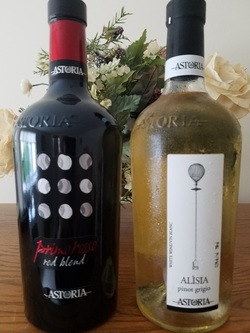 The first thing I noticed when unpacking the wines was the unusual shape of the bottles. The packaging is eye-catching and original. The 2014 Alisia Pinot Grigio I.G.T is light yellow in color with intriguing aromas of fruit, floral and stone fruit. This 100% Pinot Grigio surprises the palate with fruit, peach and lemon. It is medium-bodied and dry but still fruity and nicely balanced. The long lemon zest finish is a treat! This wine would pair well with pasta, cheese & fruit, grilled vegetables and light fish. Alcohol: 12.5% SRP: $11 The 2012 Primo Rosso Red Blend I.G.T is made with 50% Cabernet Sauvignon, 30% Pinot Noir and 20% Merlot. The color is dark ruby. It is quite aromatic with berries, herbs and spice tickling the nose. The palate offers red berries, fennel, pepper and hints of plum. The finish has hints of cocoa and dark cherry. Medium-bodied with soft tannins make this an easy wine to pair with most foods. Alcohol: 13% SRP: $11 The wines are priced well and would make great little gifts to give out at holiday time. Keep a few bottles around for that spur of the moment party as well!
Next stop might be New Zealand. Stay tuned! Happy Friday! Cheers! Penina |
Categories
All
|

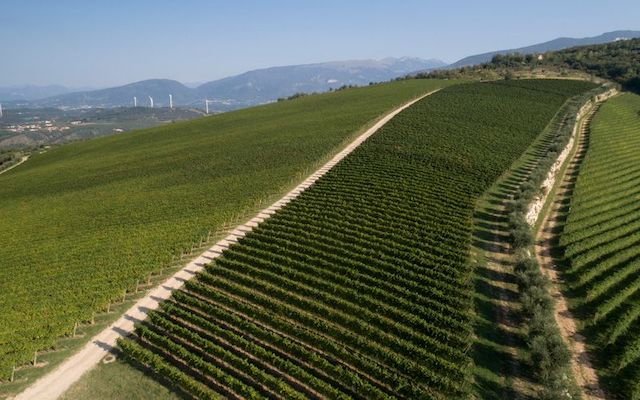
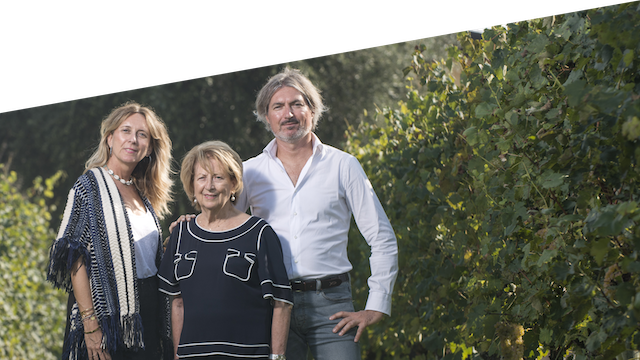
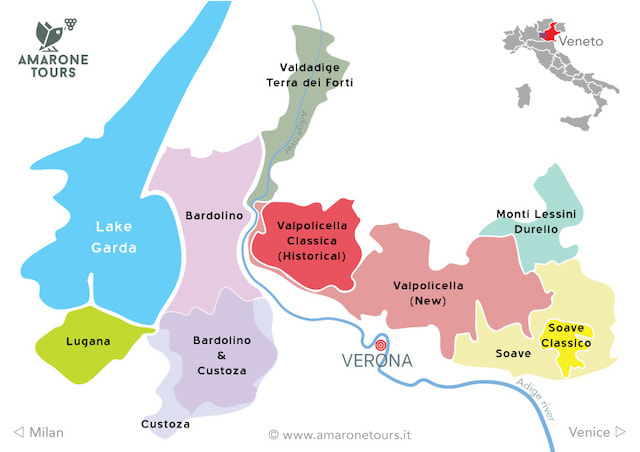
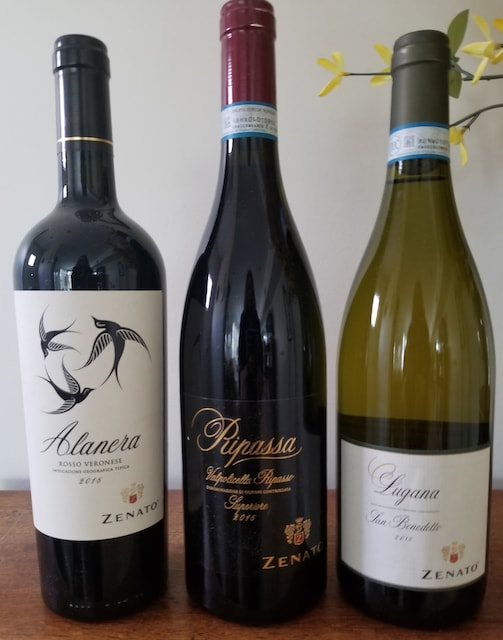
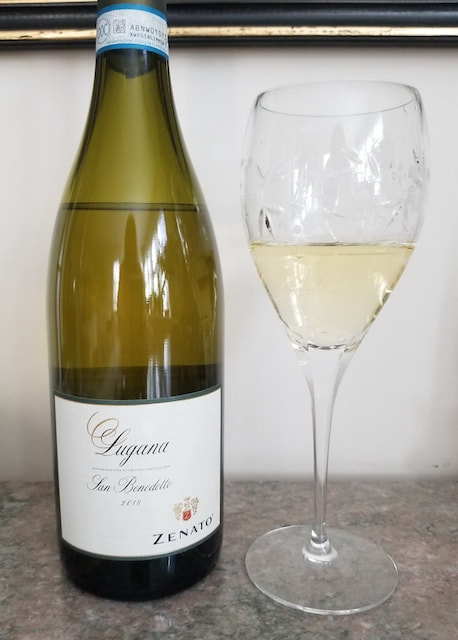
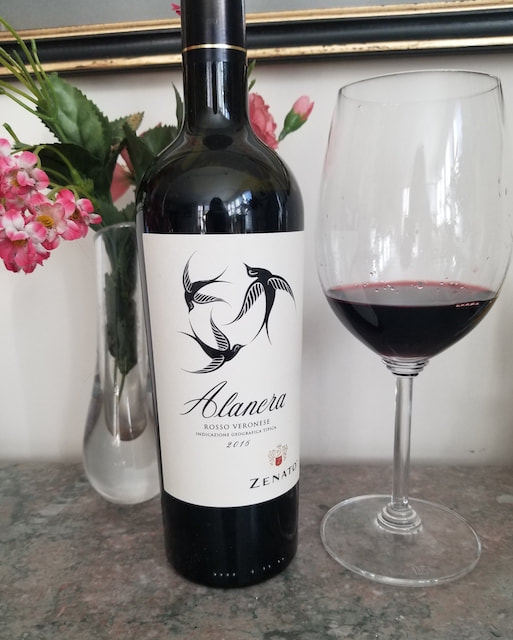
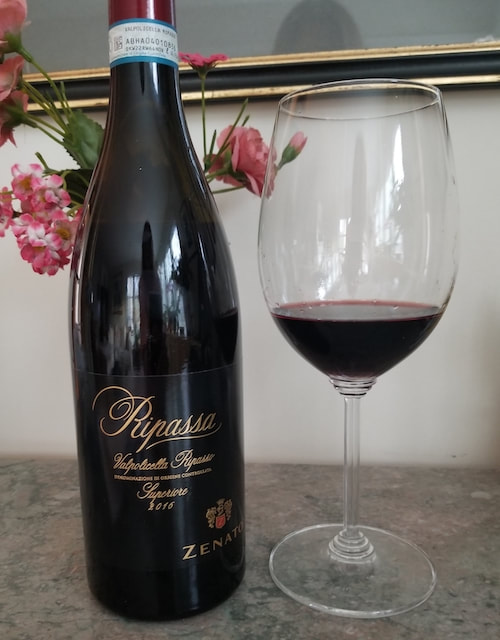

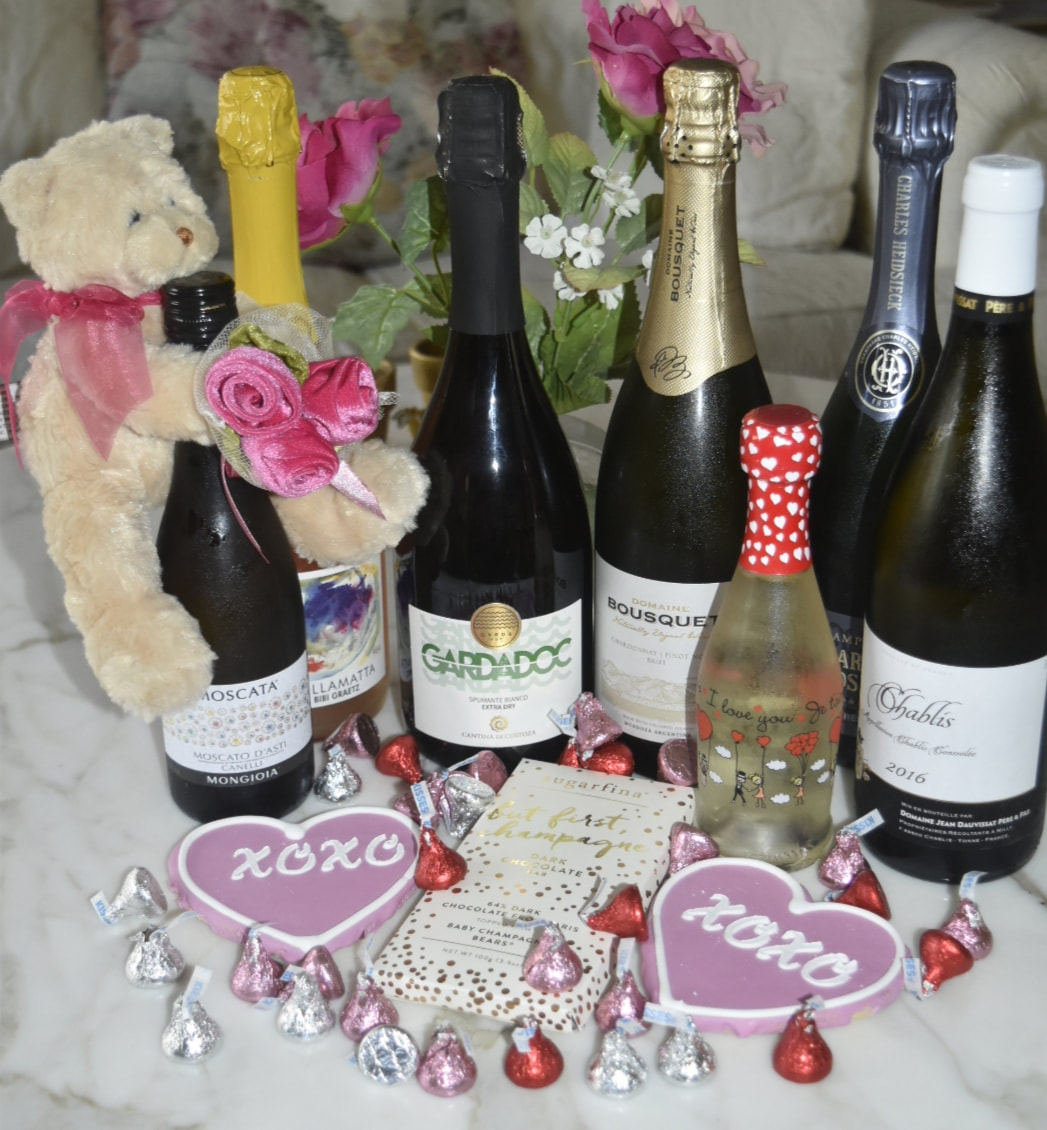
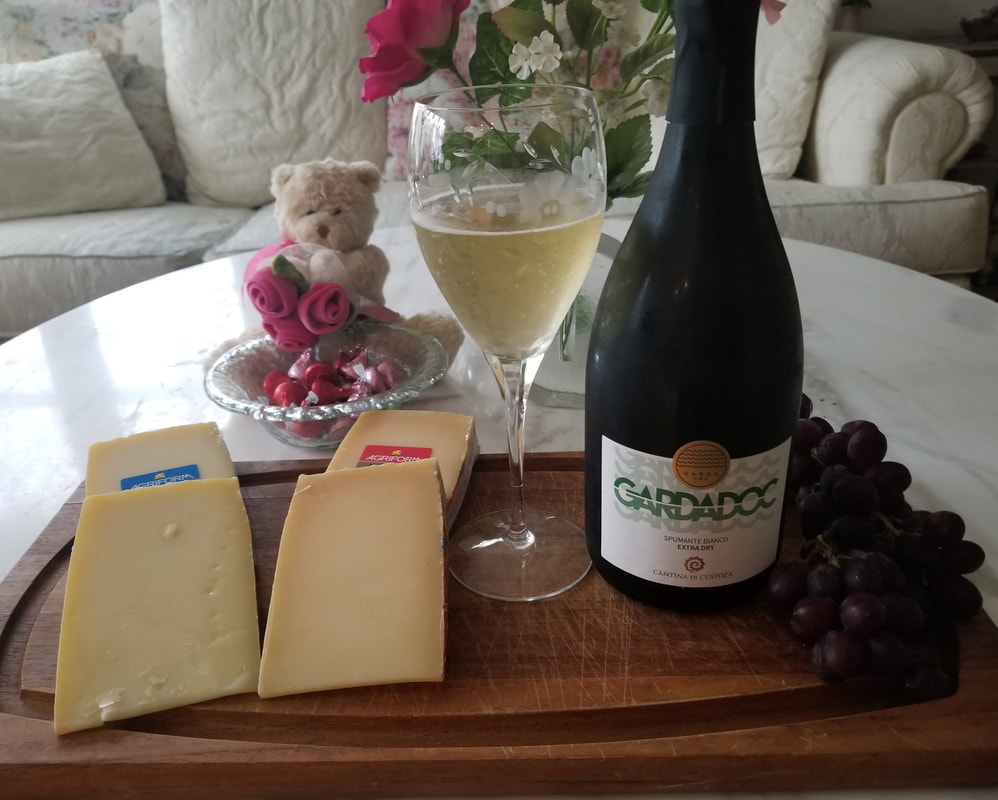
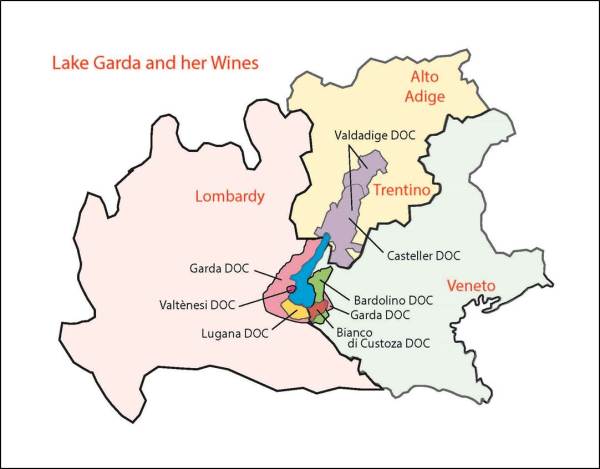
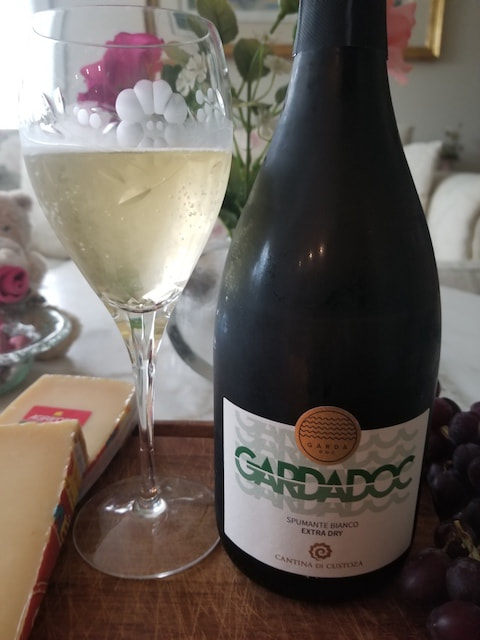
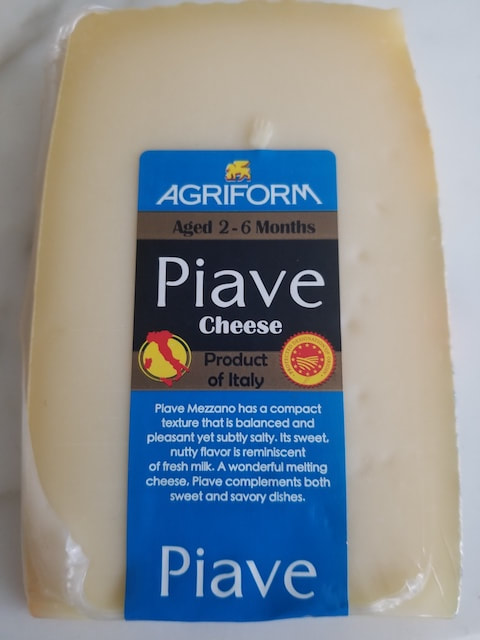
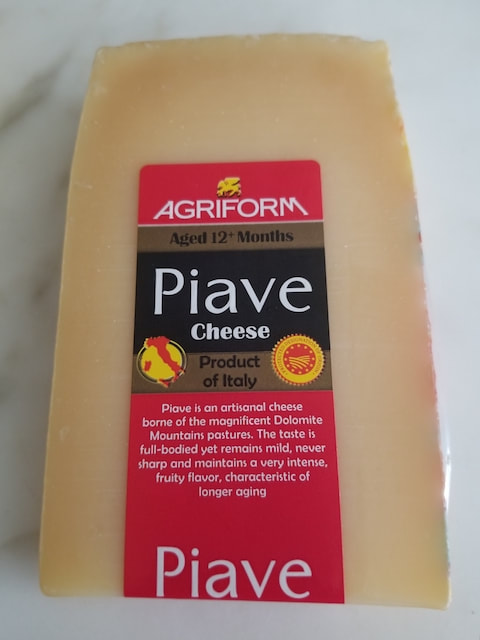
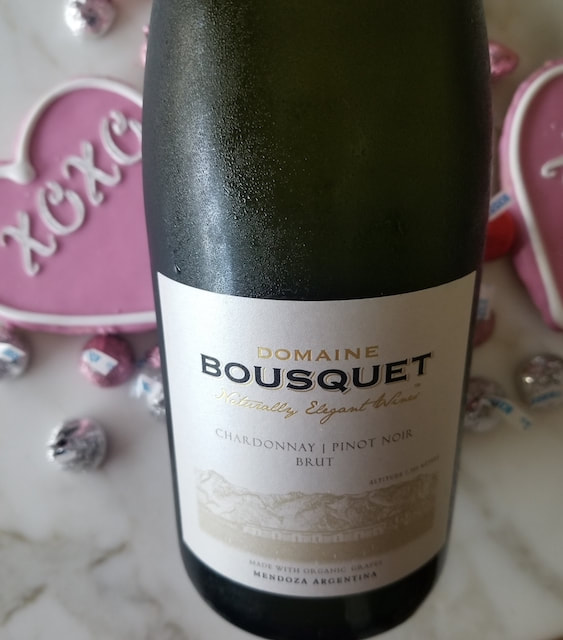
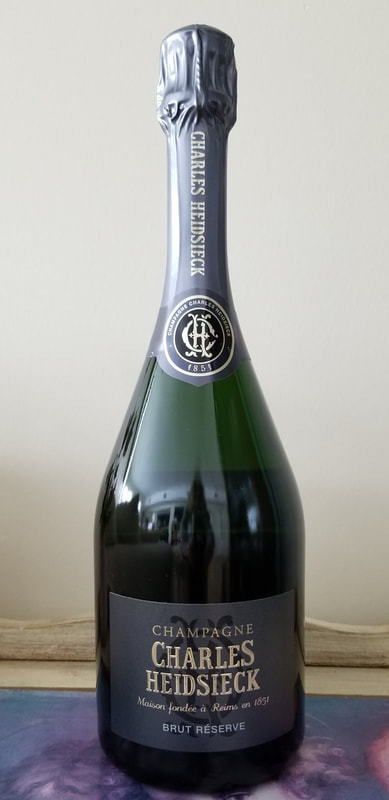
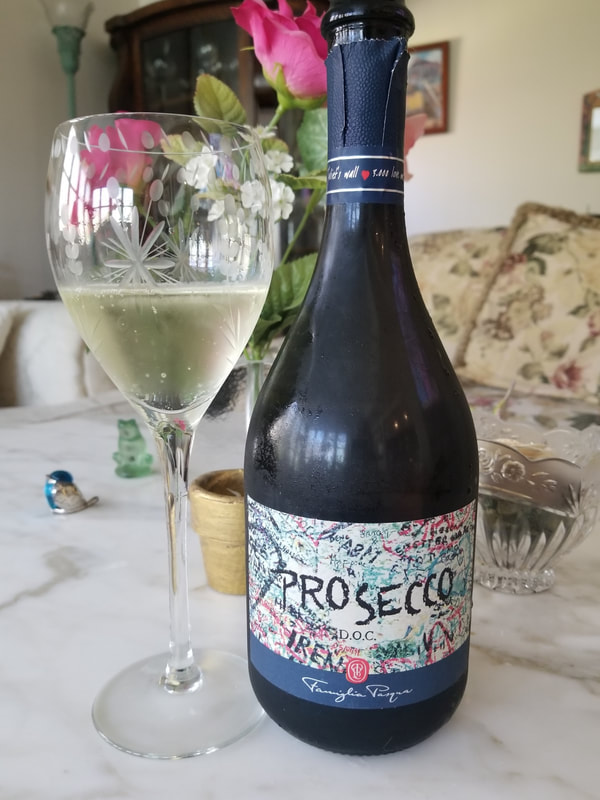
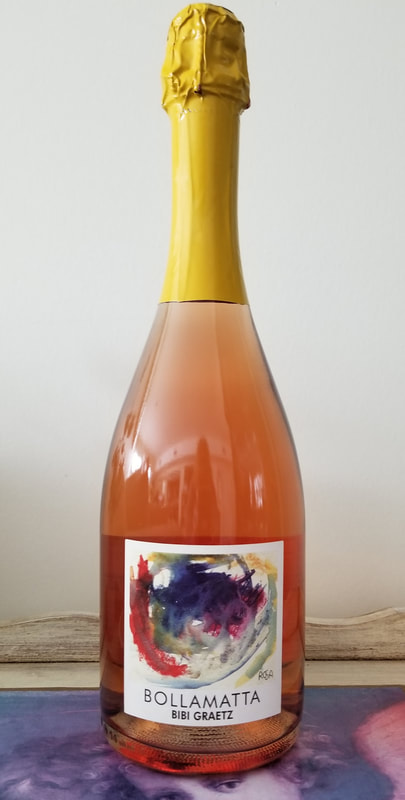
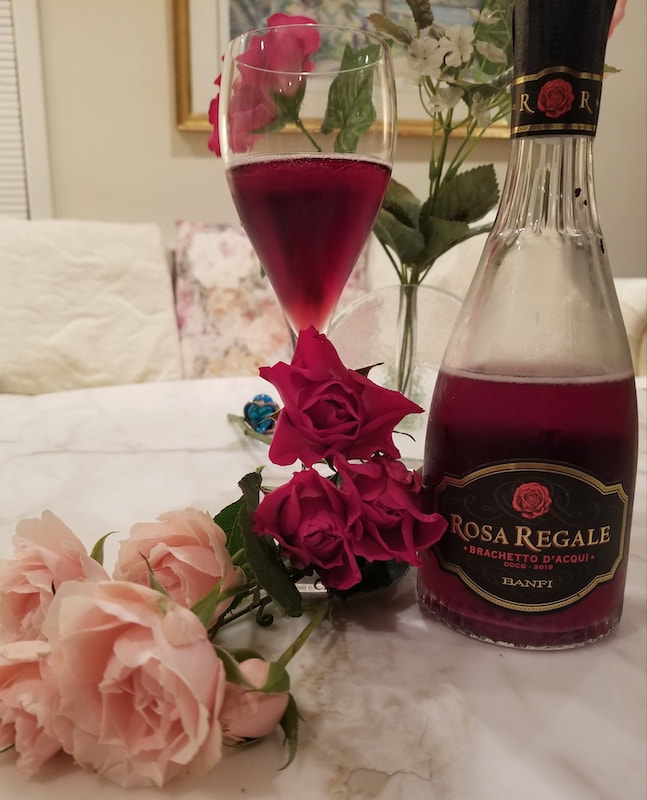
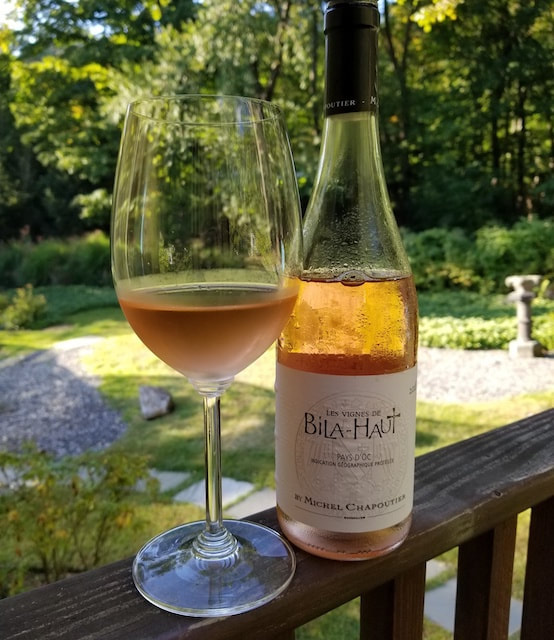
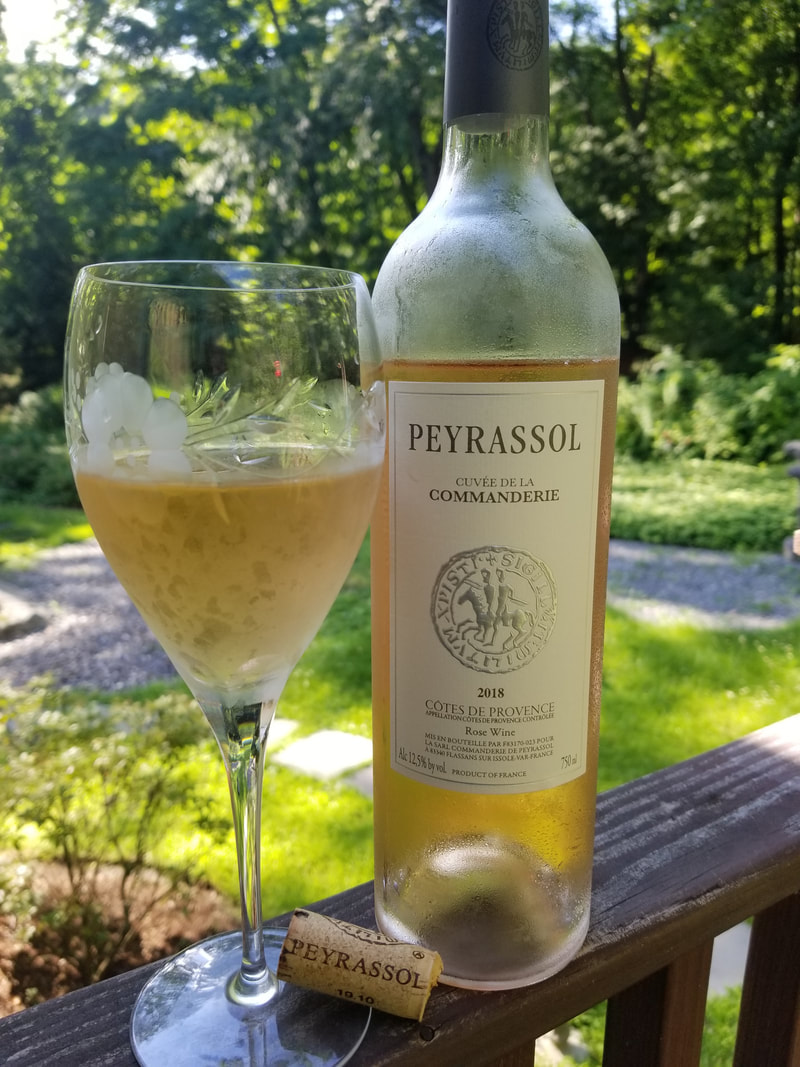
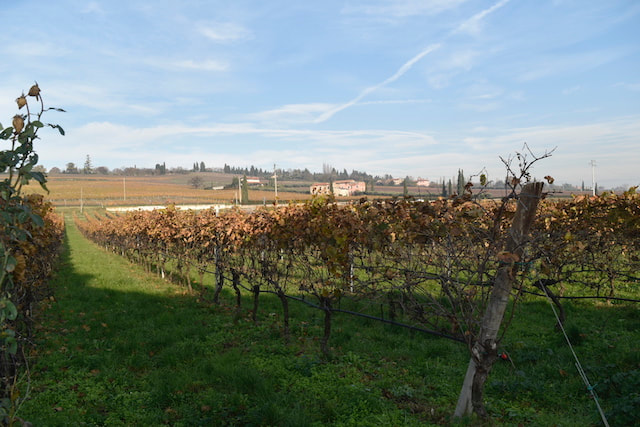
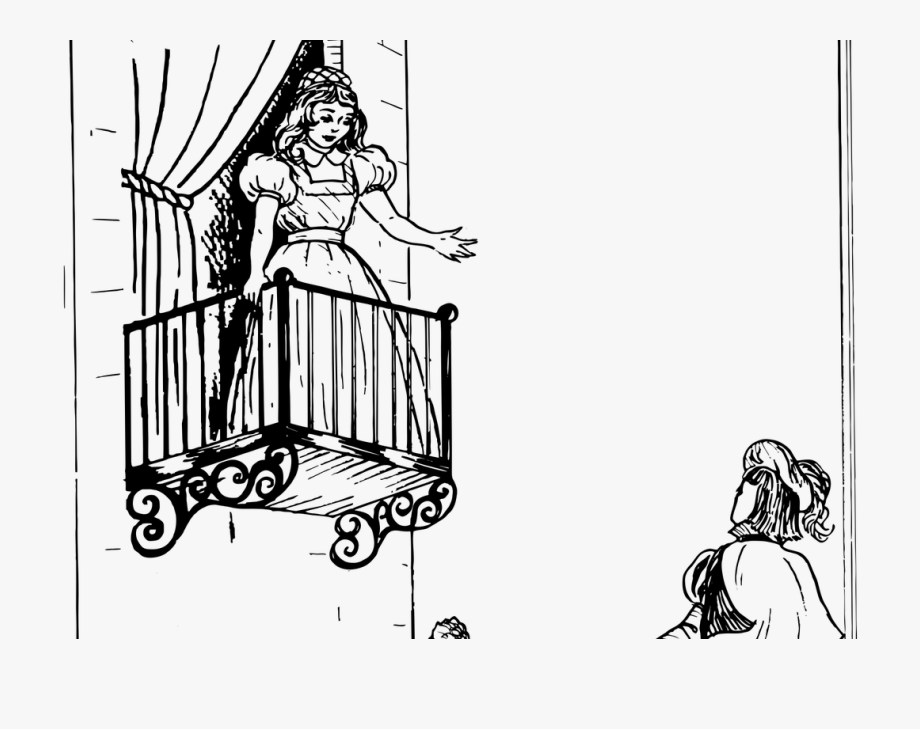
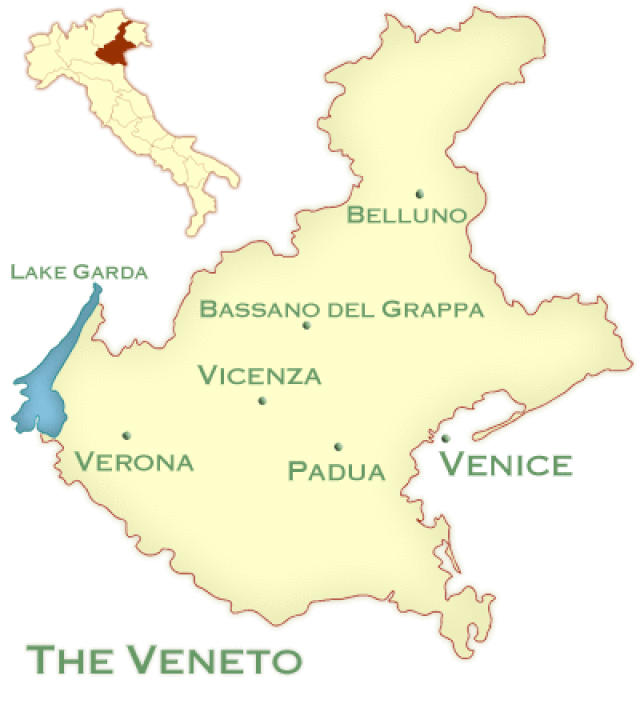
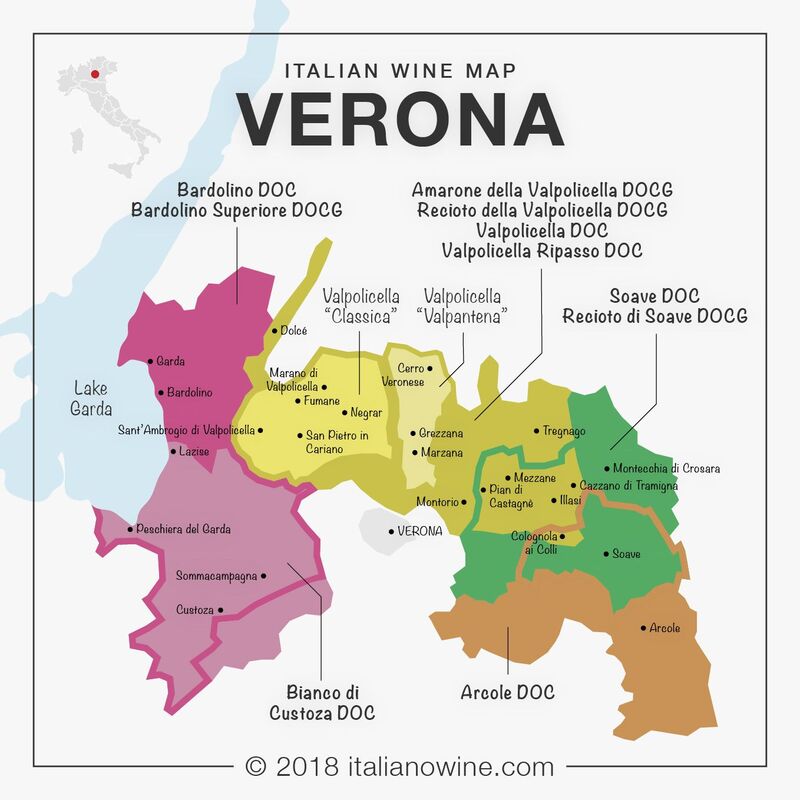
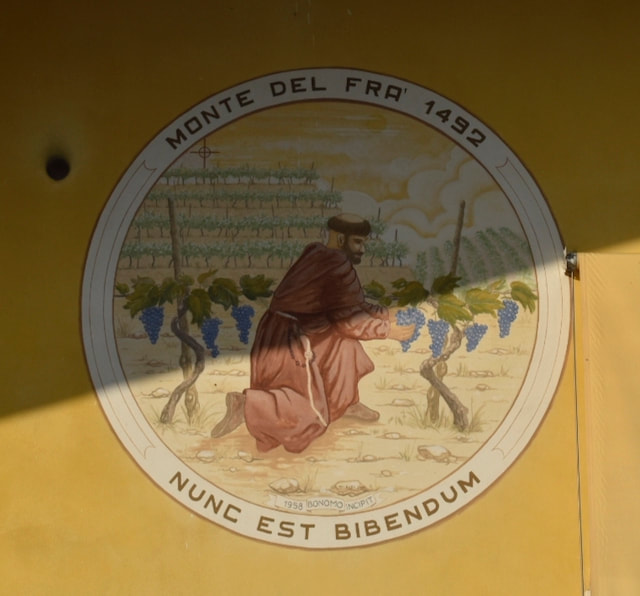
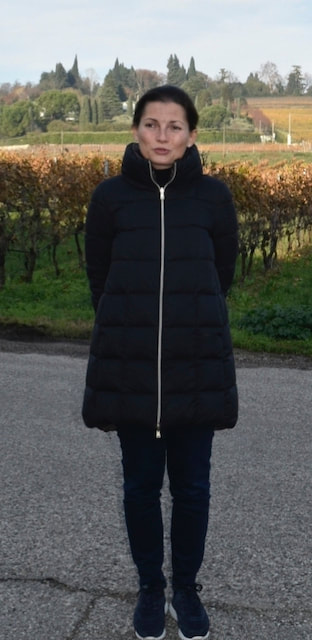
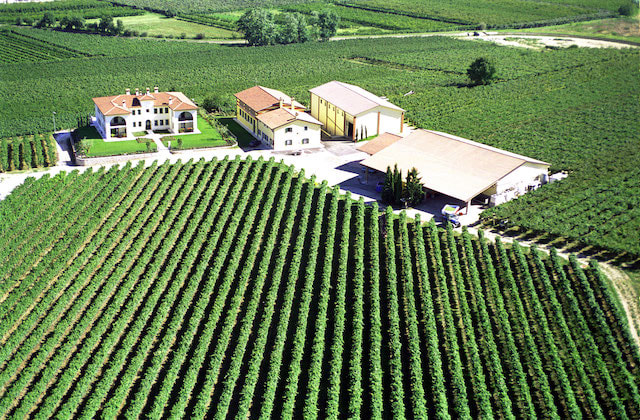
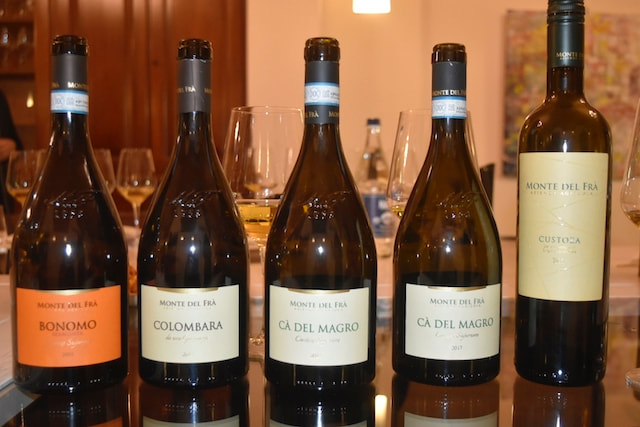
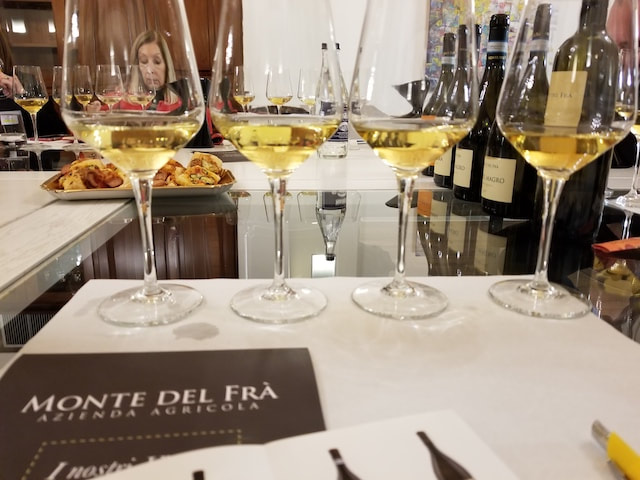
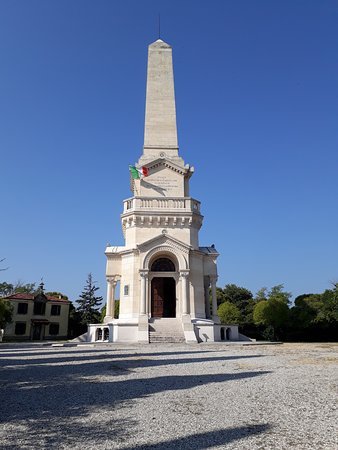
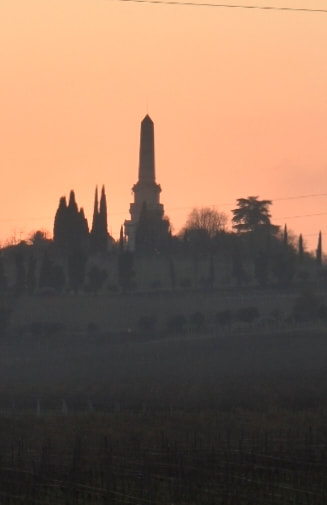
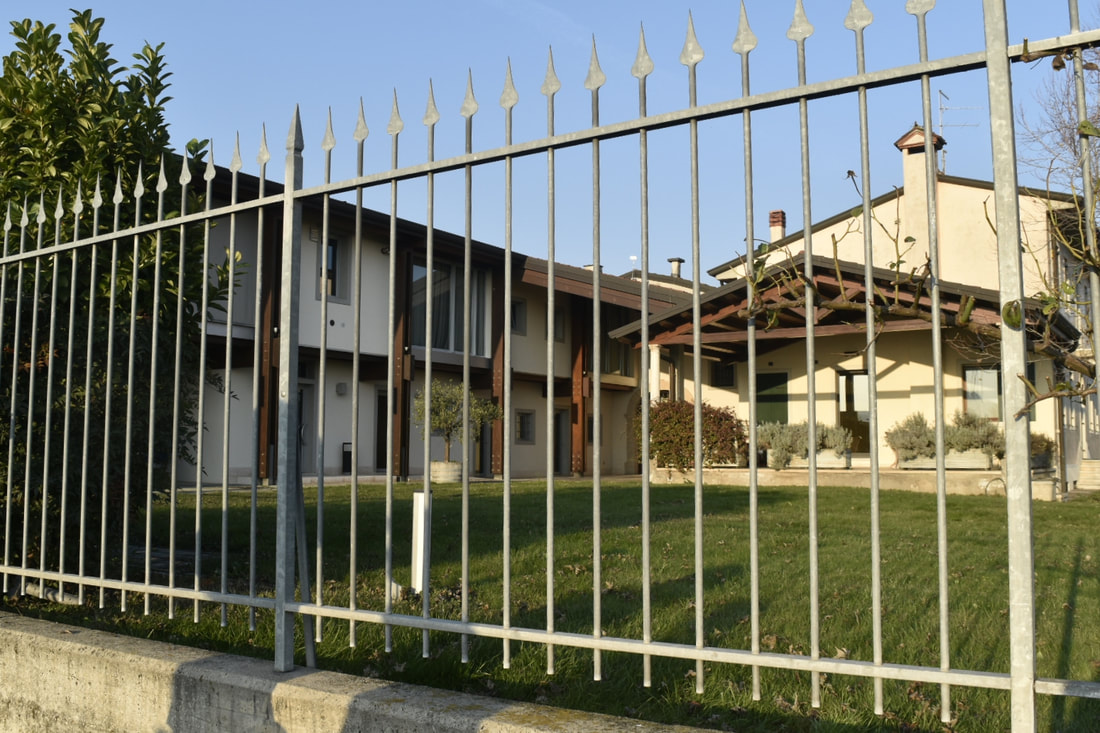
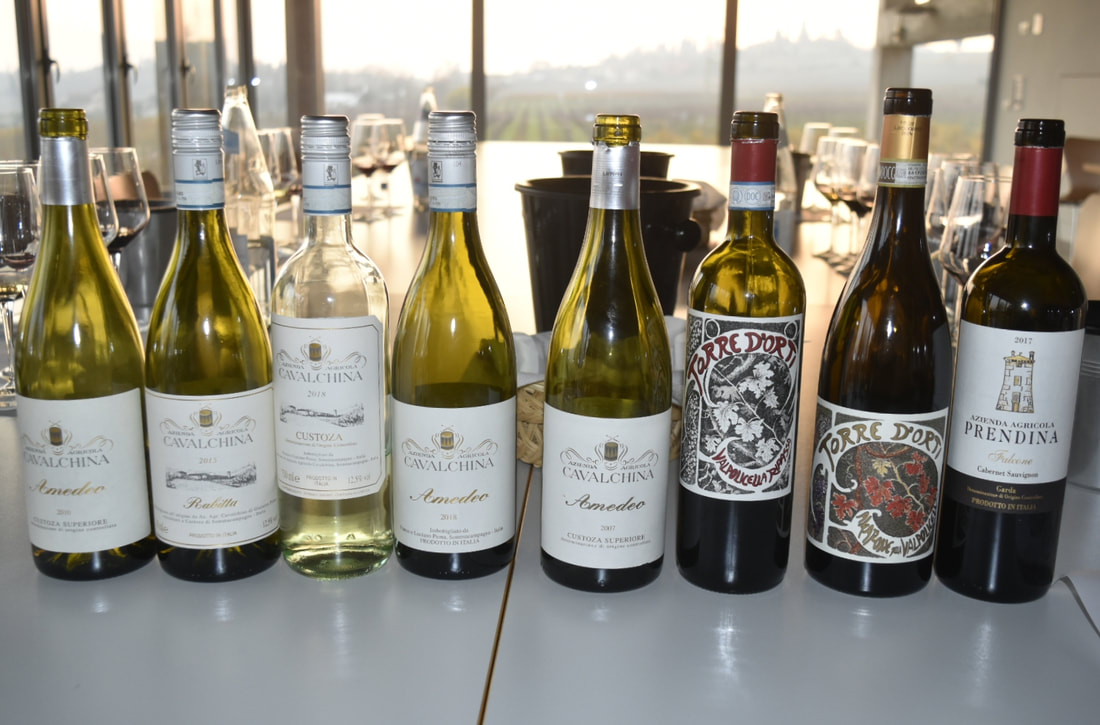
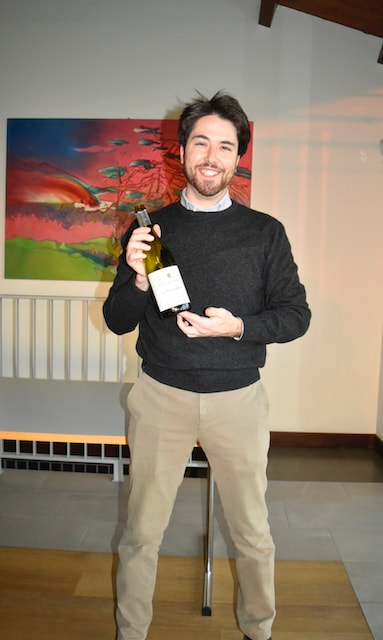
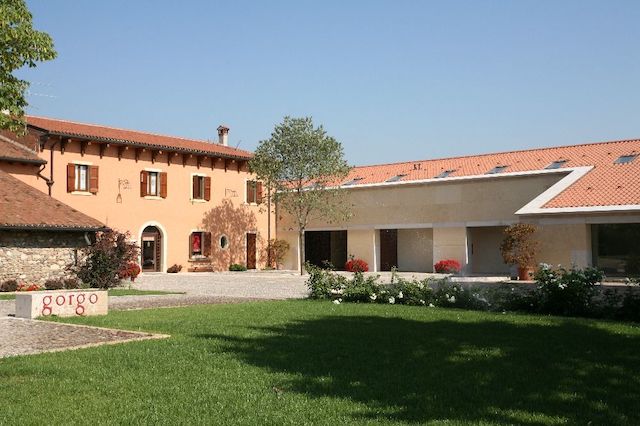
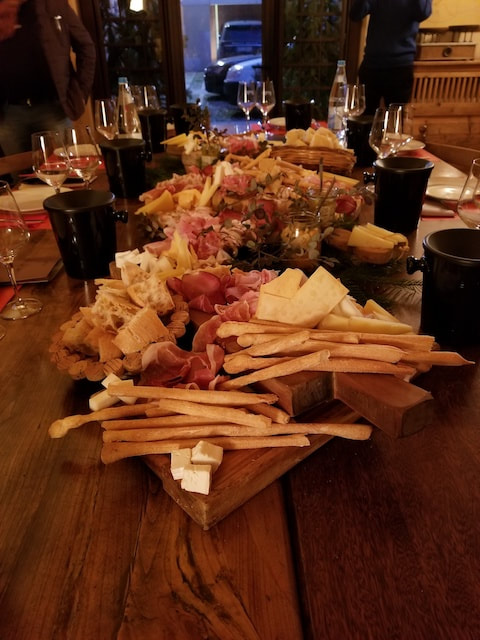
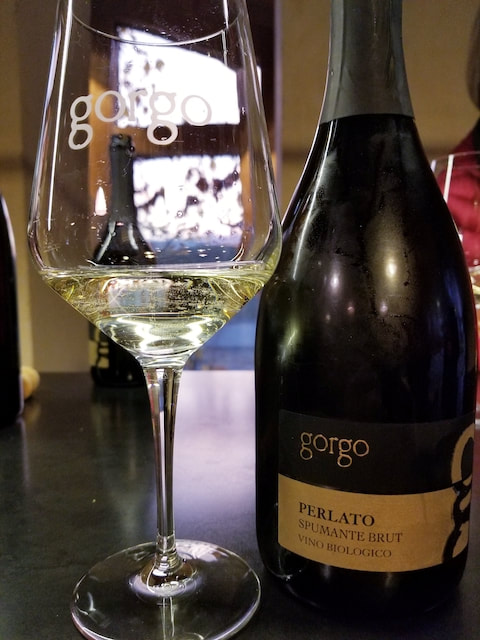

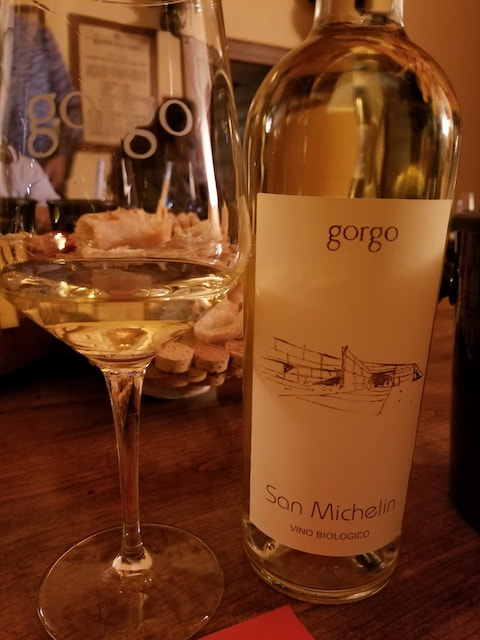
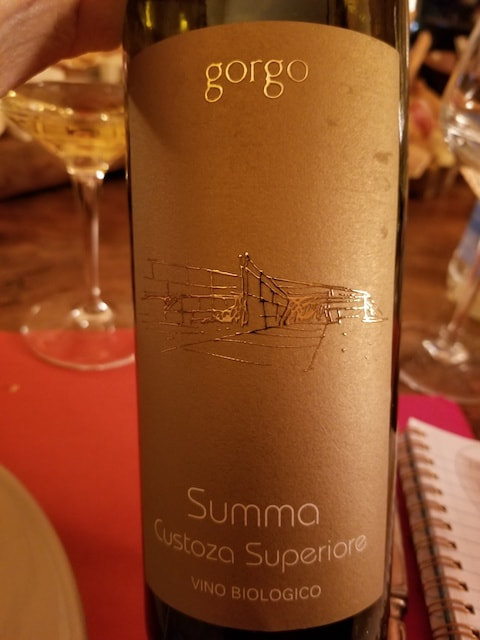
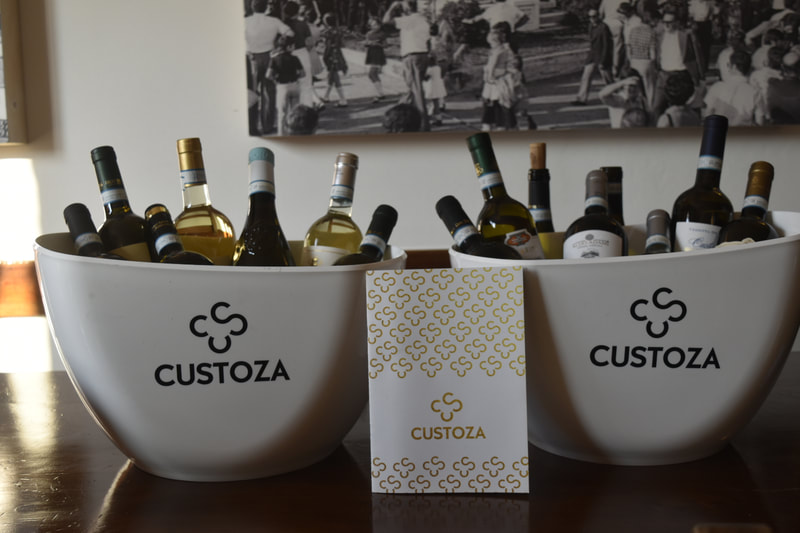
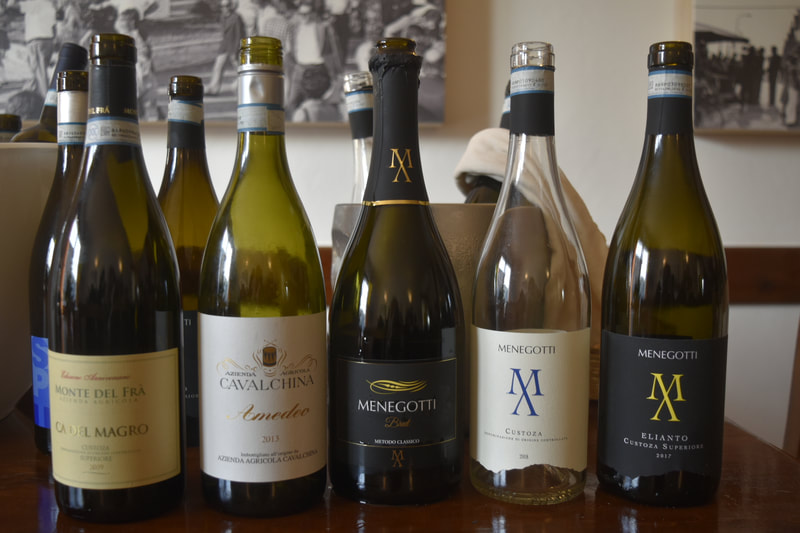
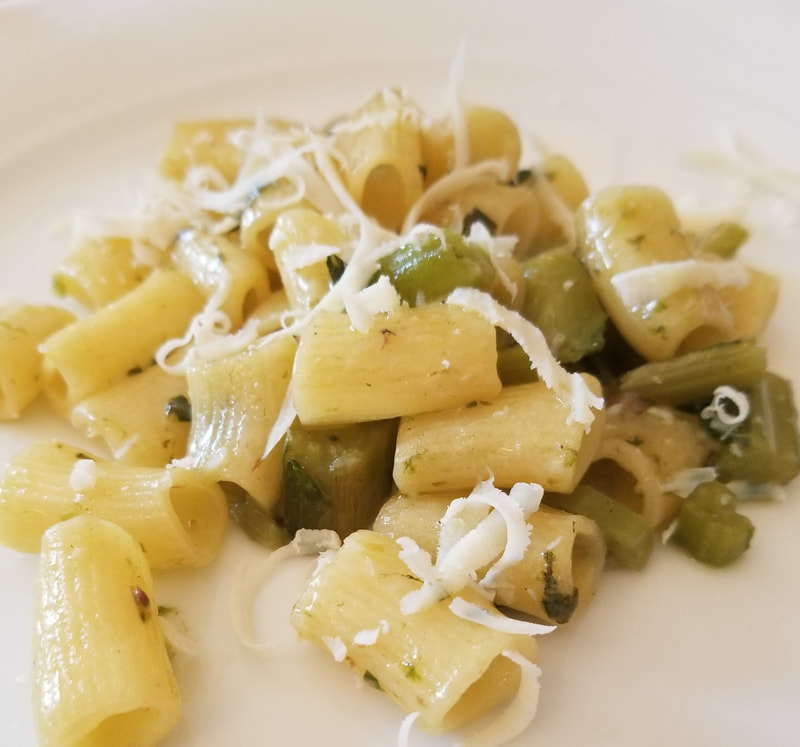
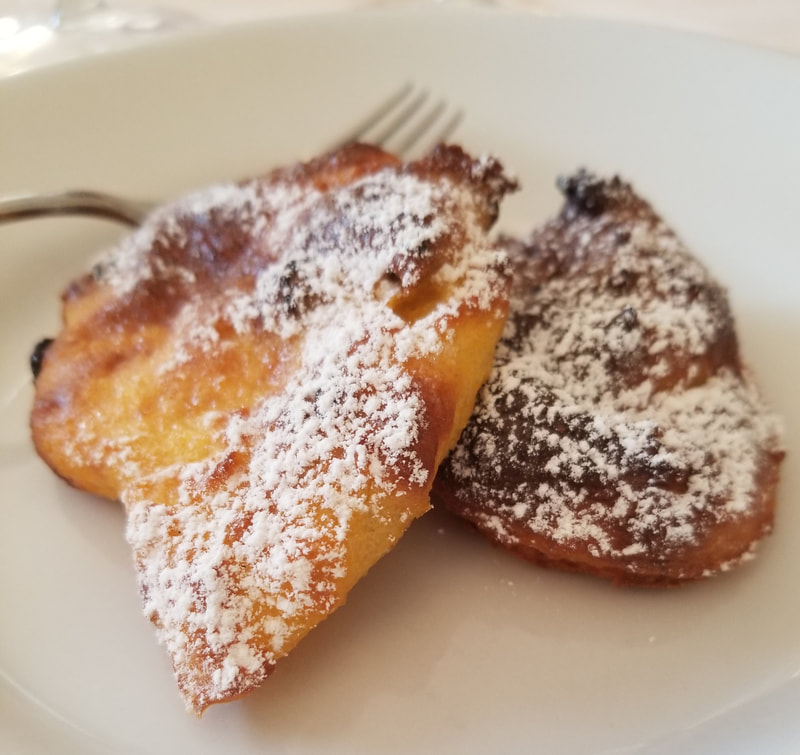
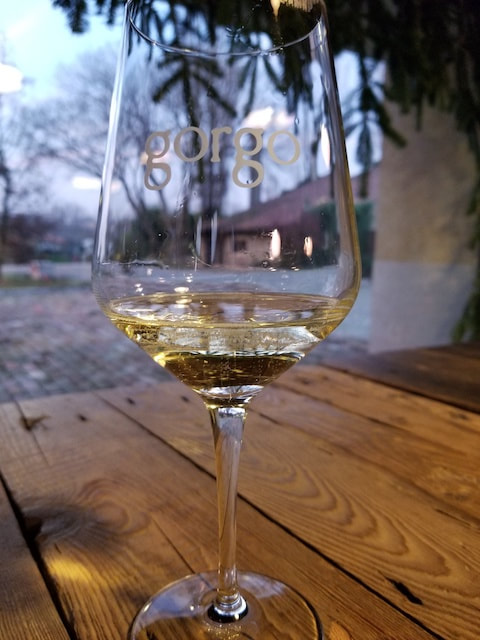
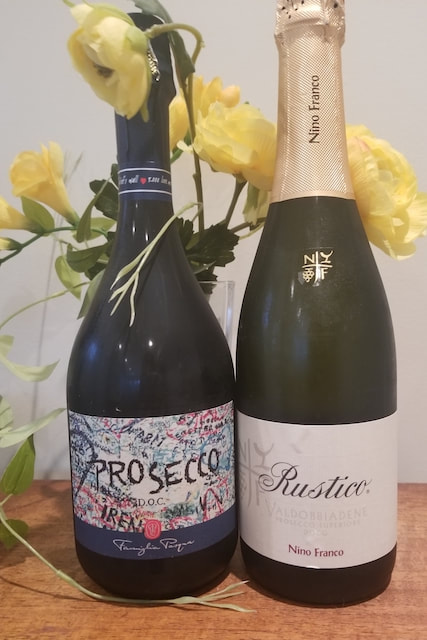
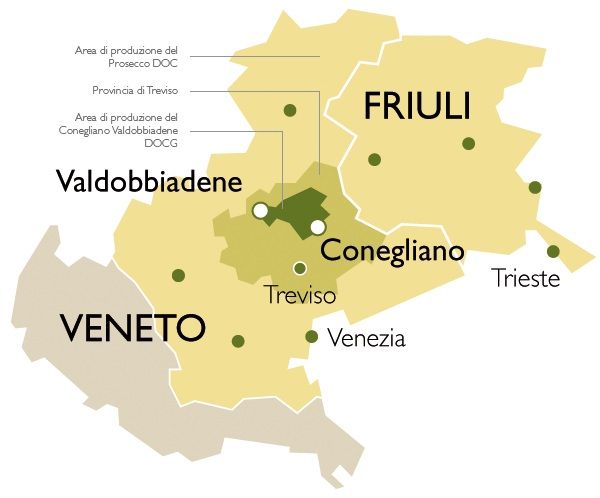
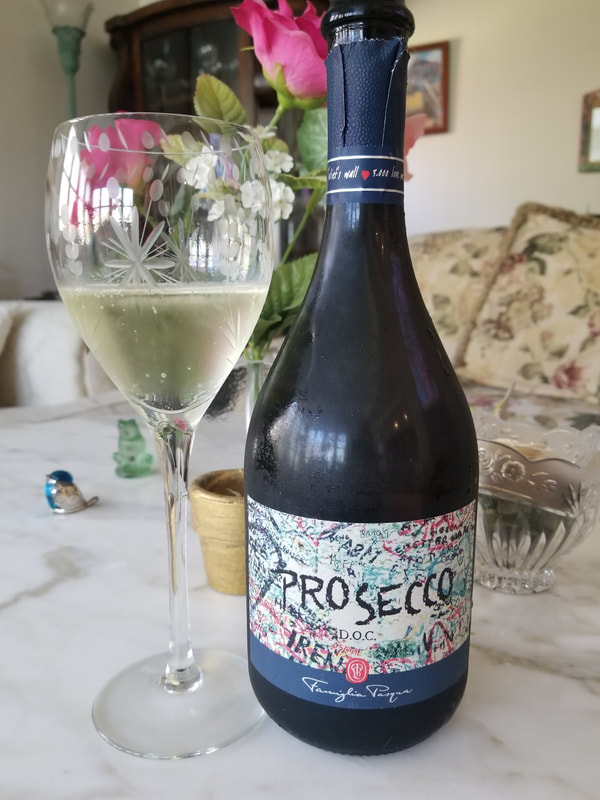
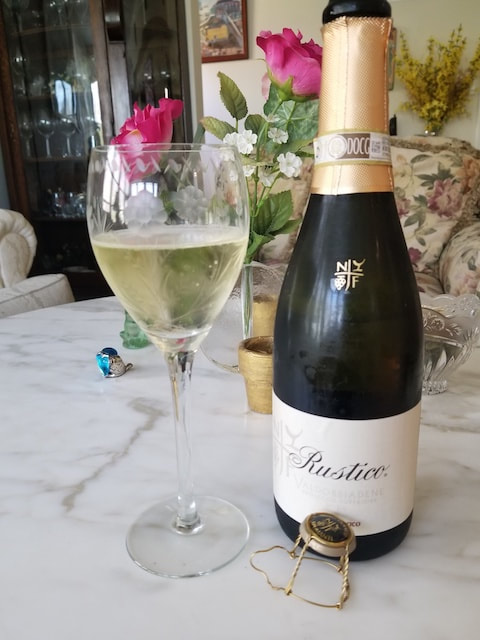
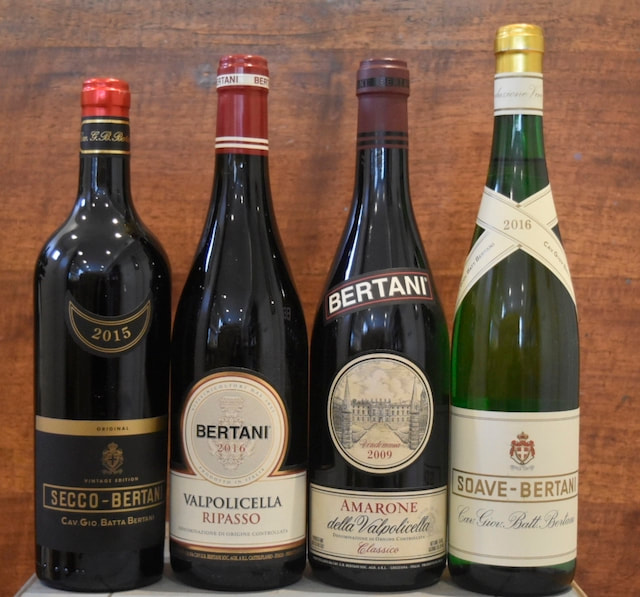
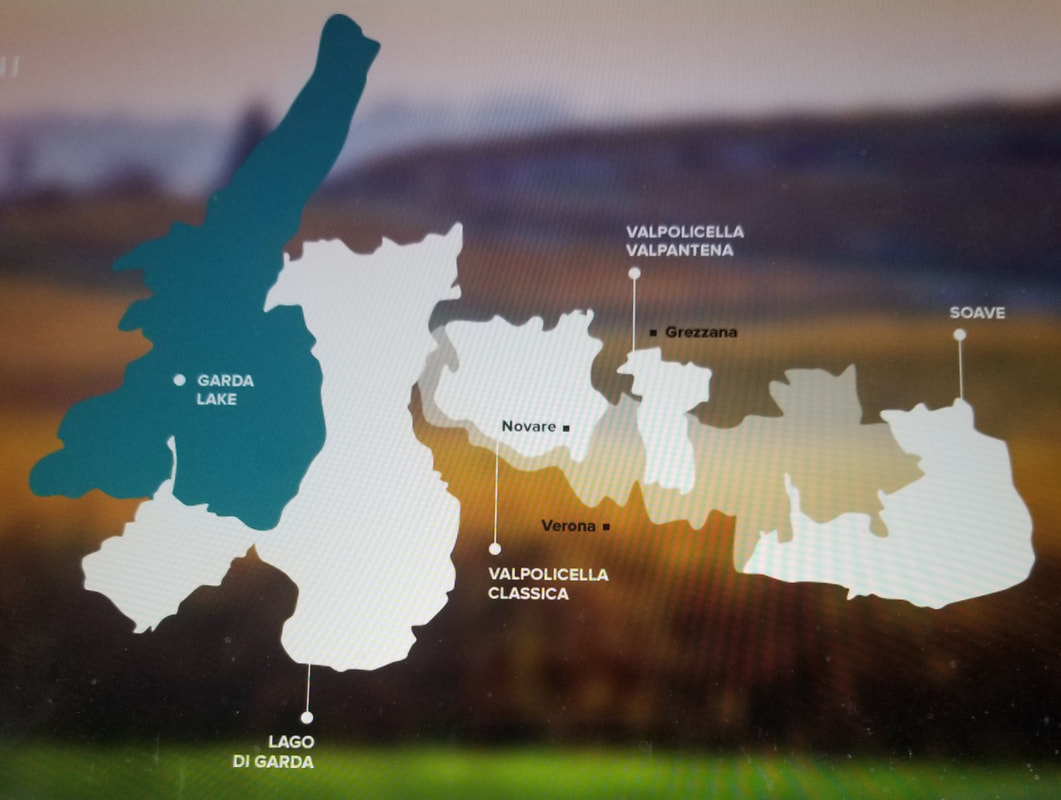
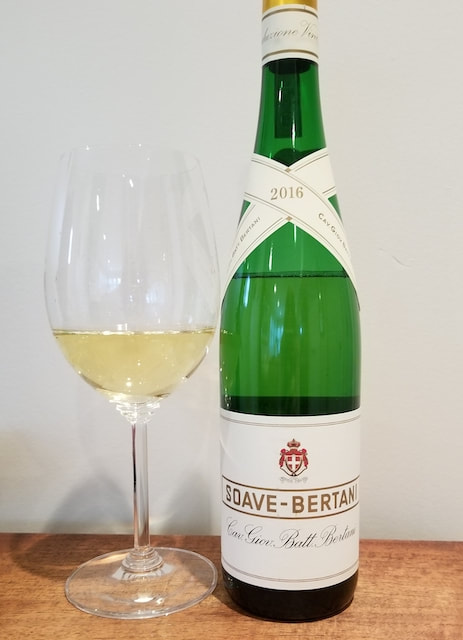
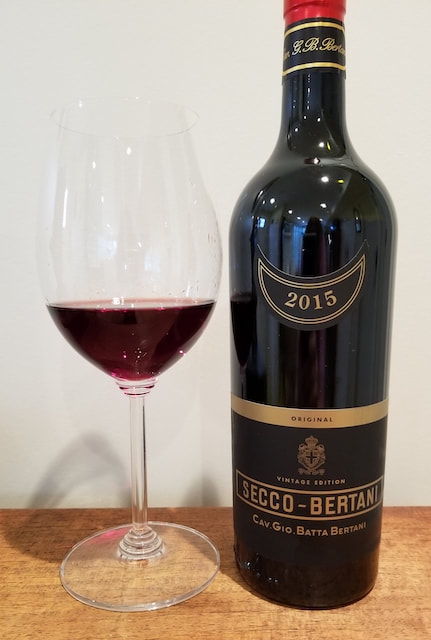
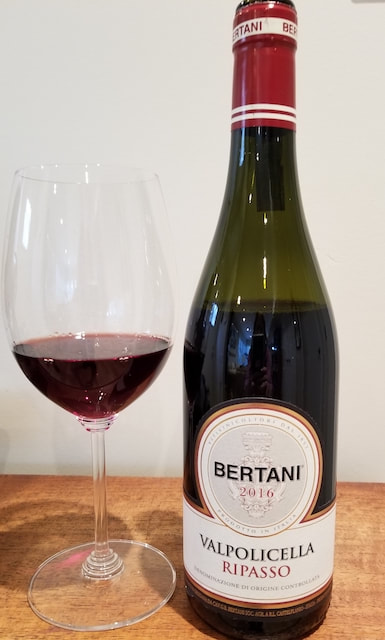
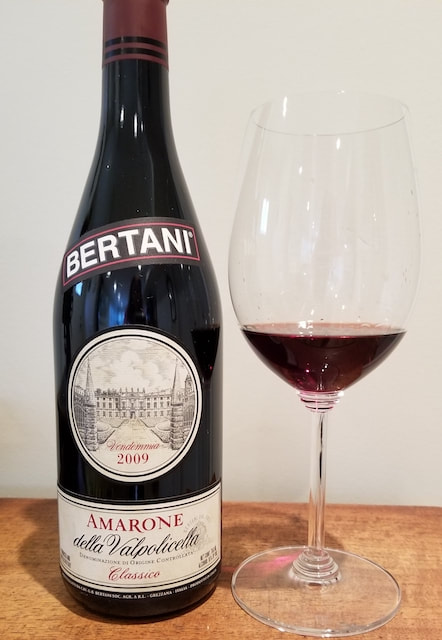

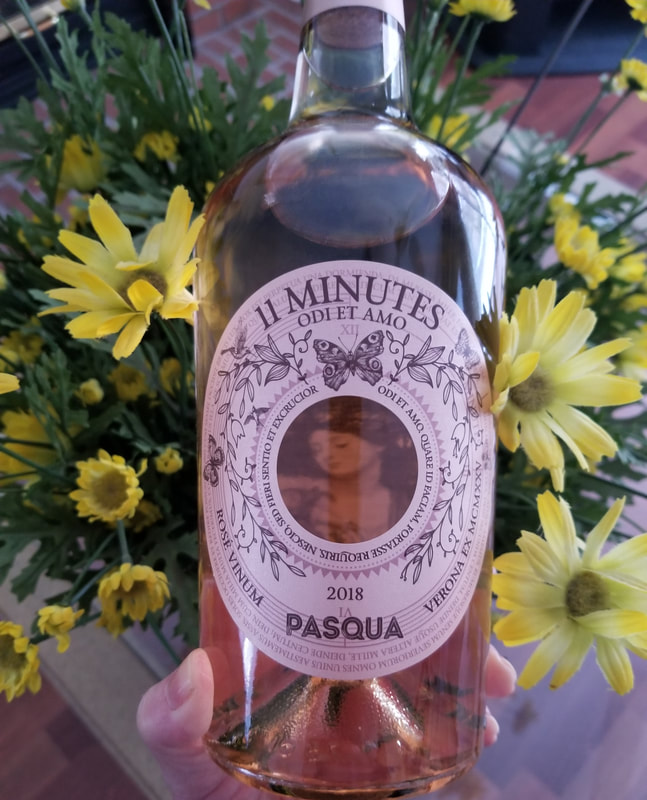
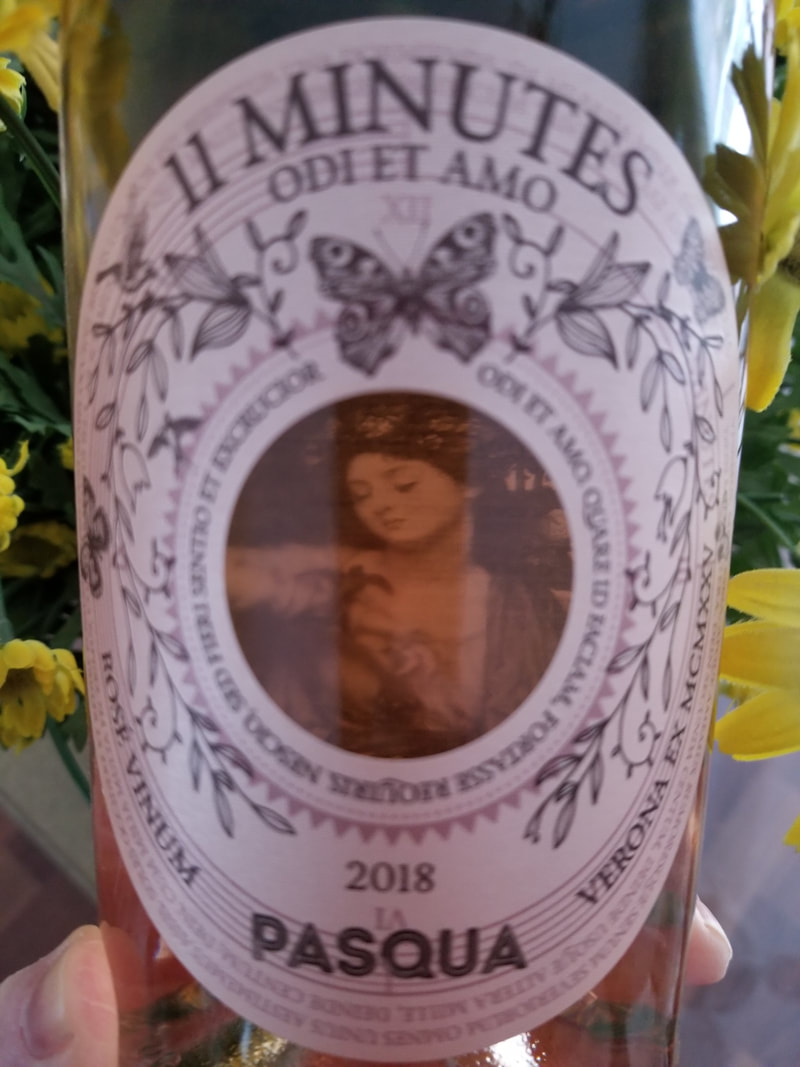
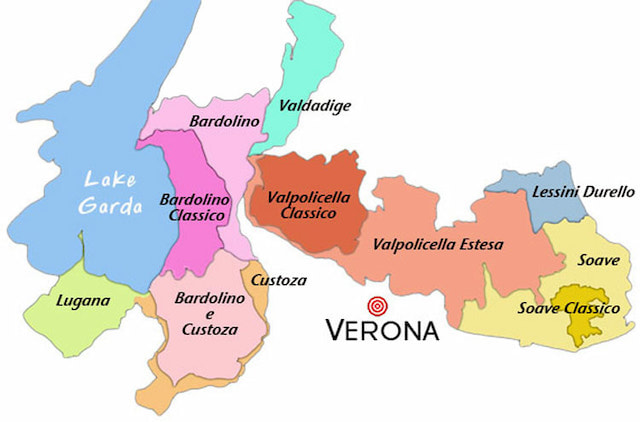
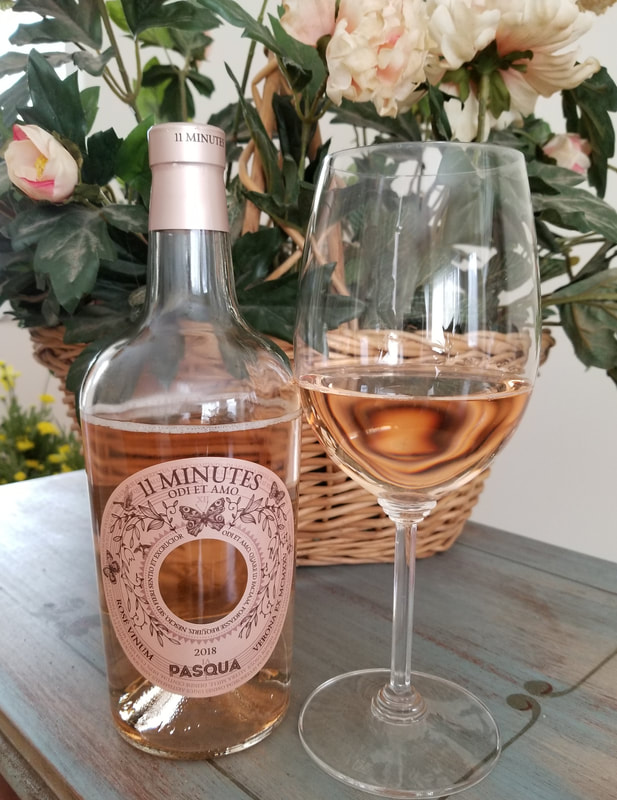
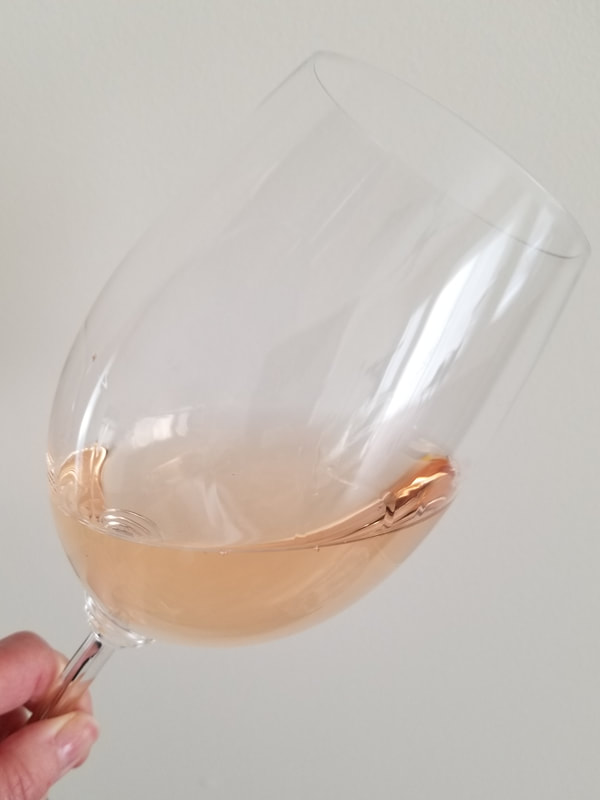
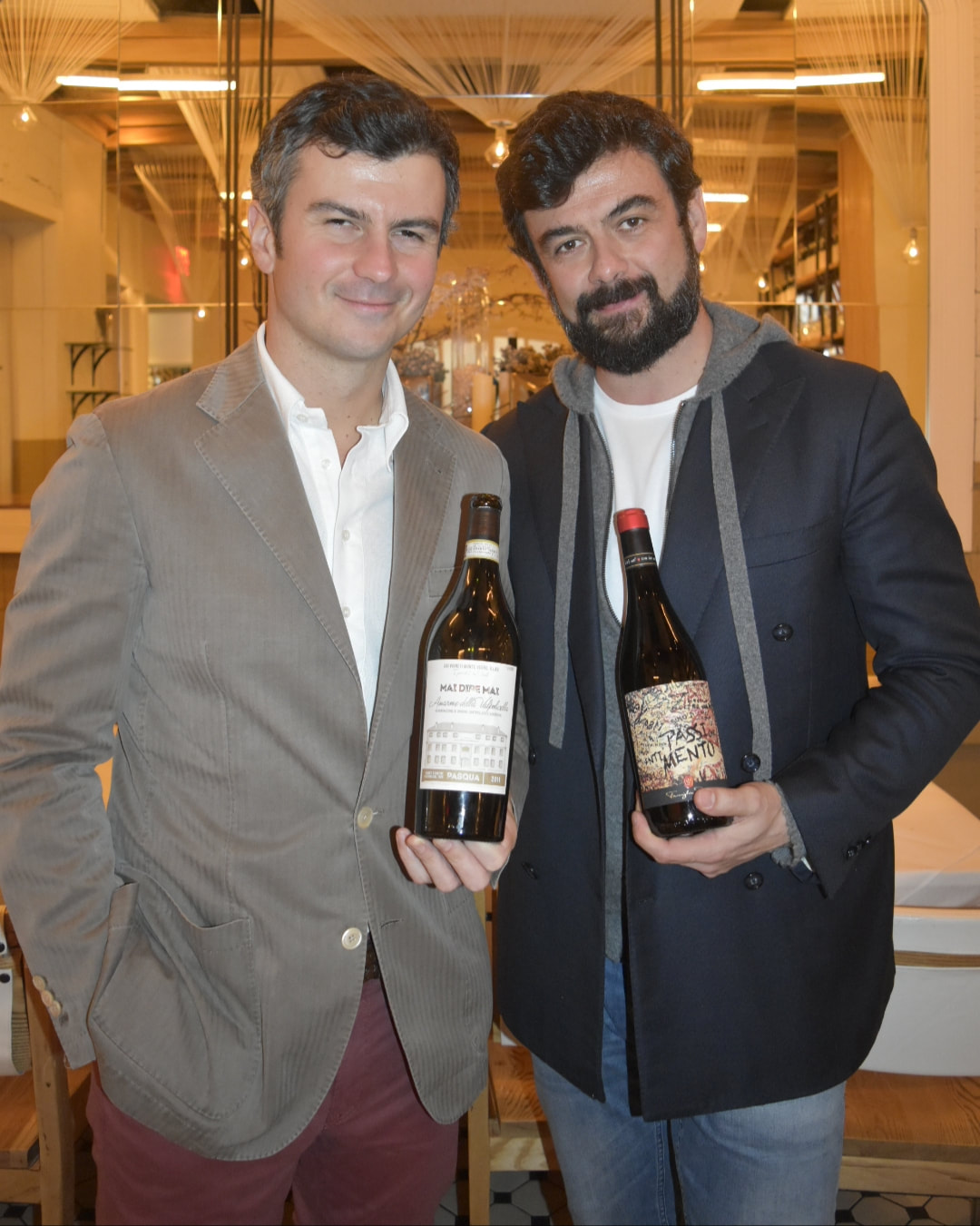
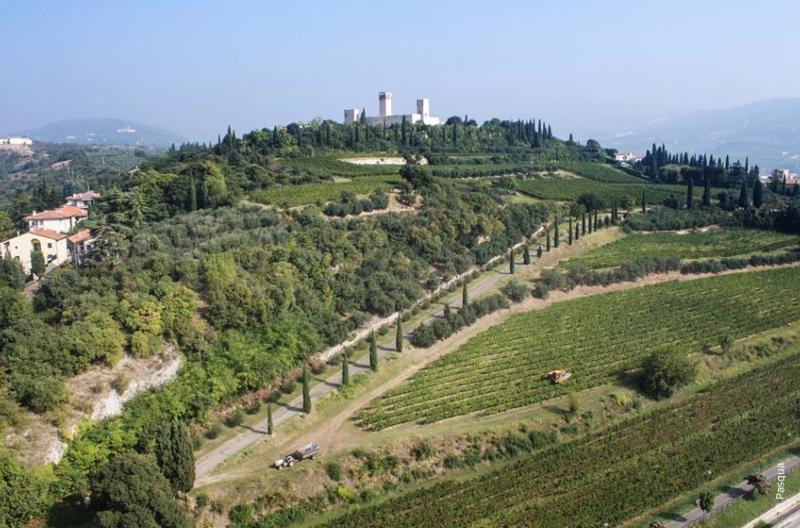
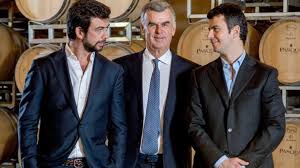
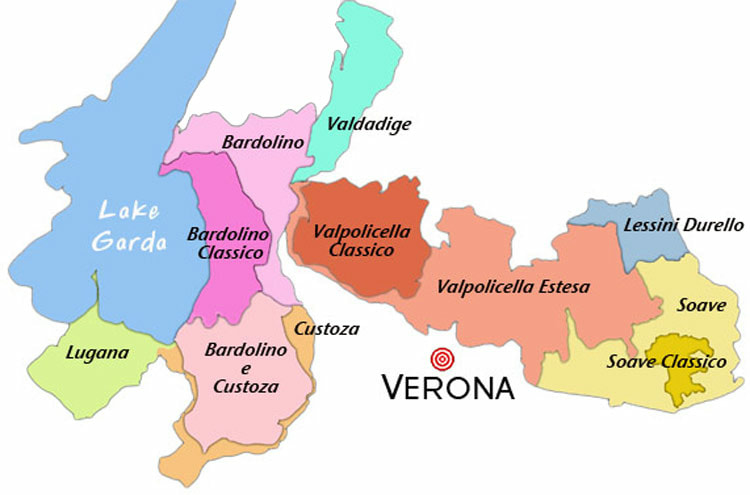
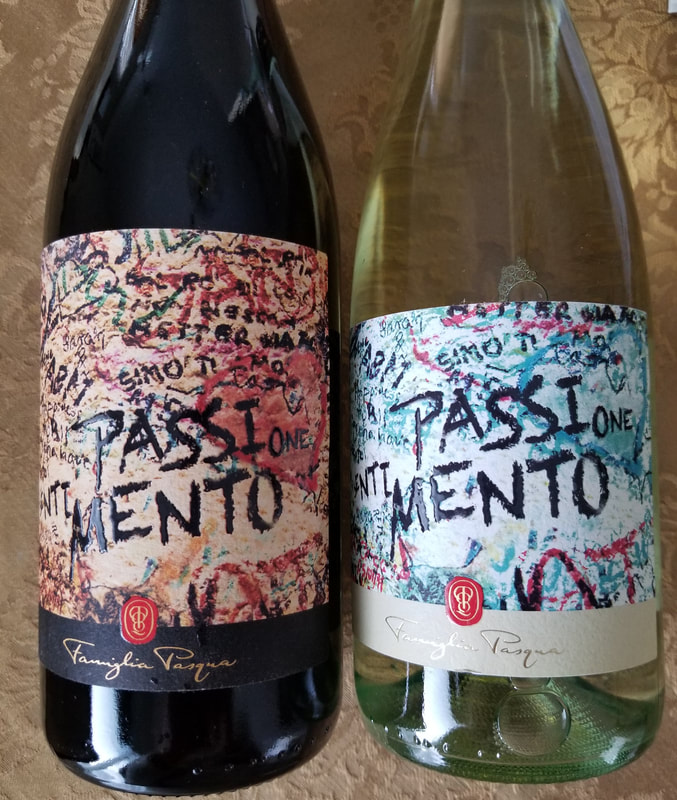
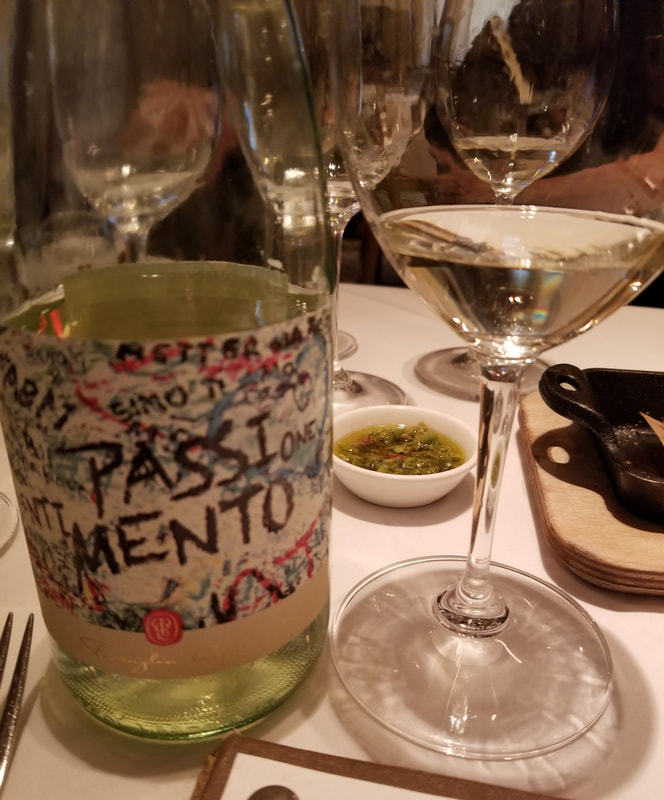
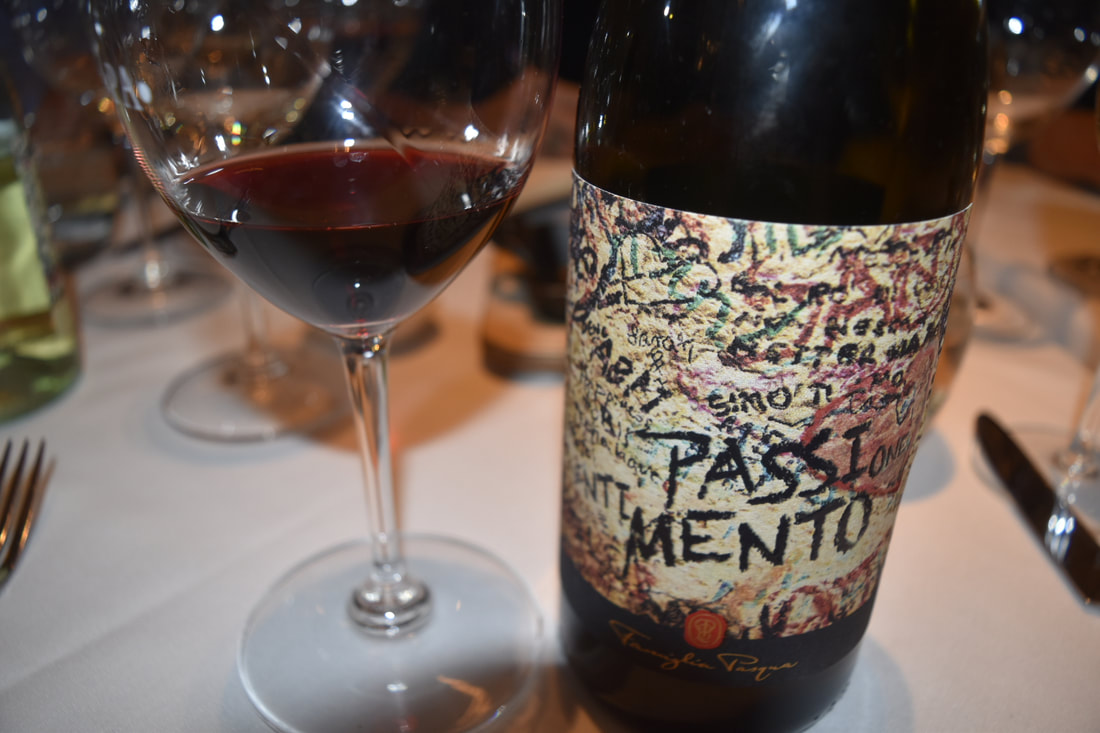
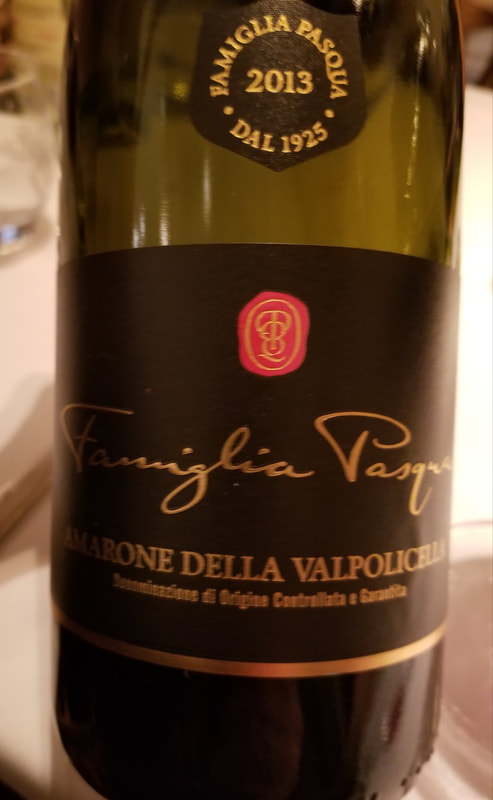
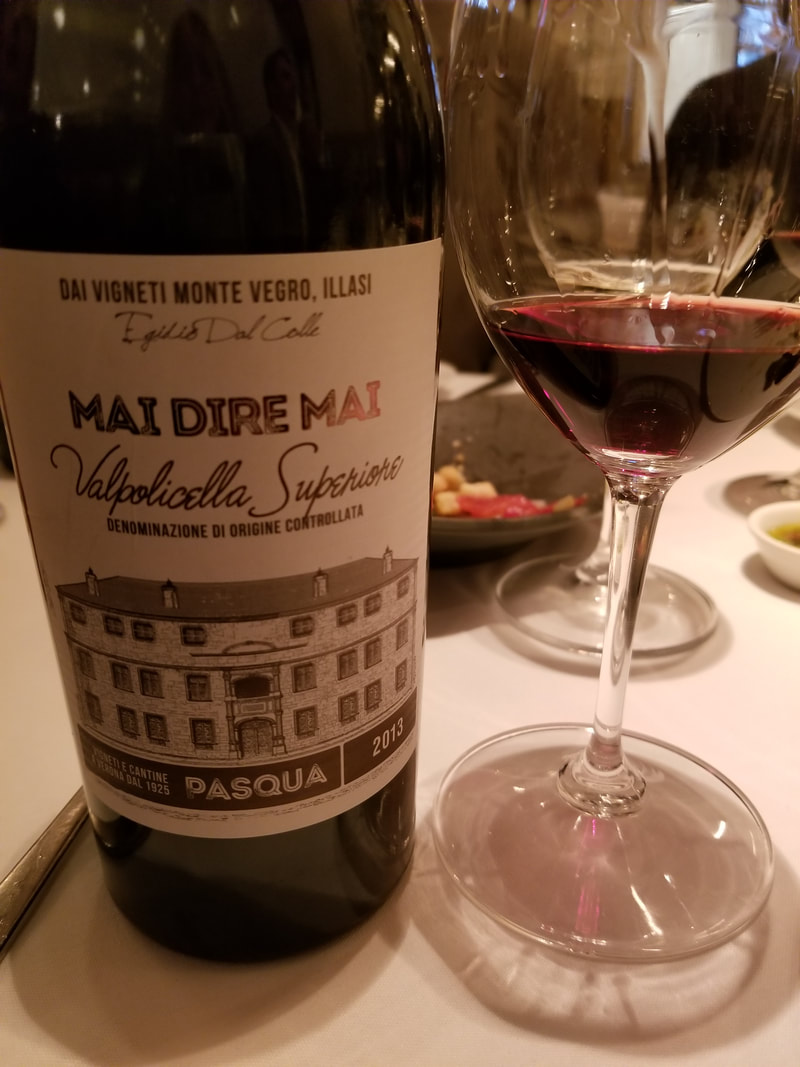
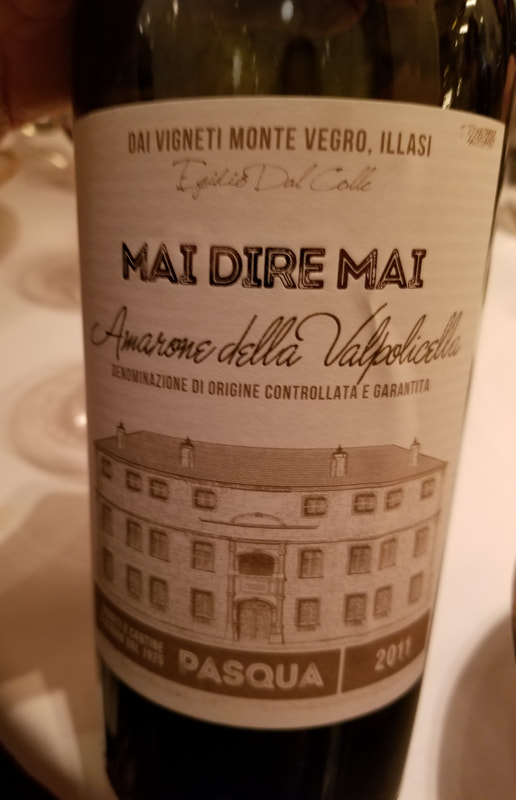
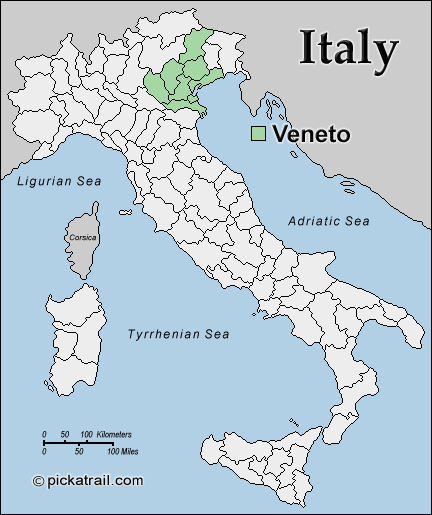
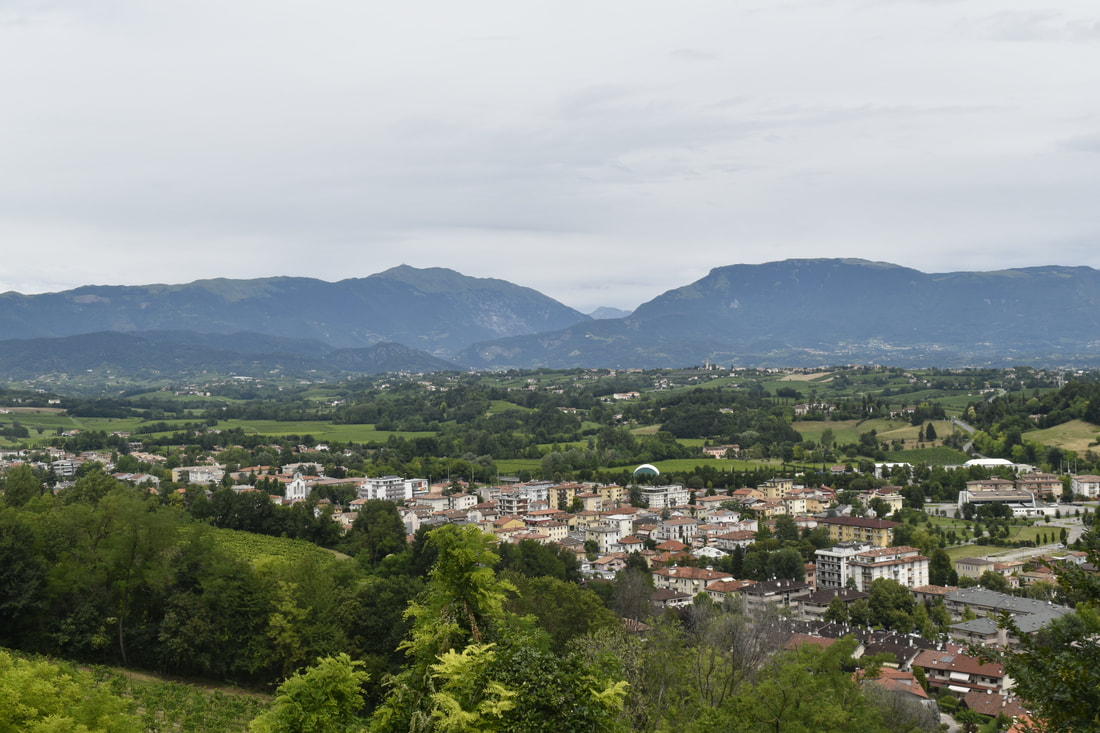
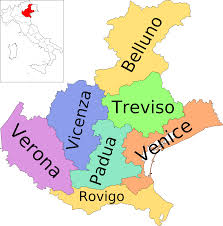
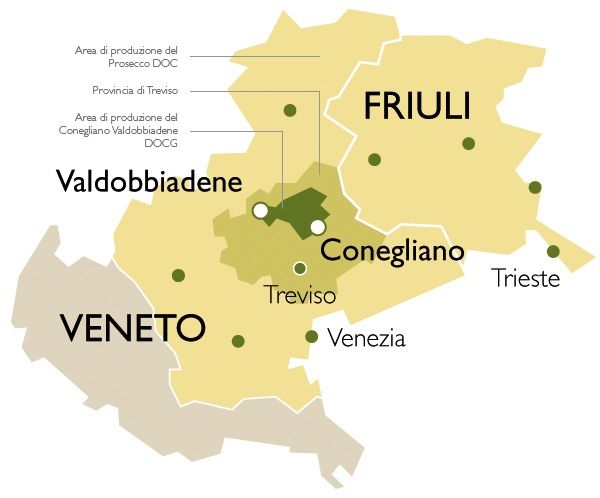
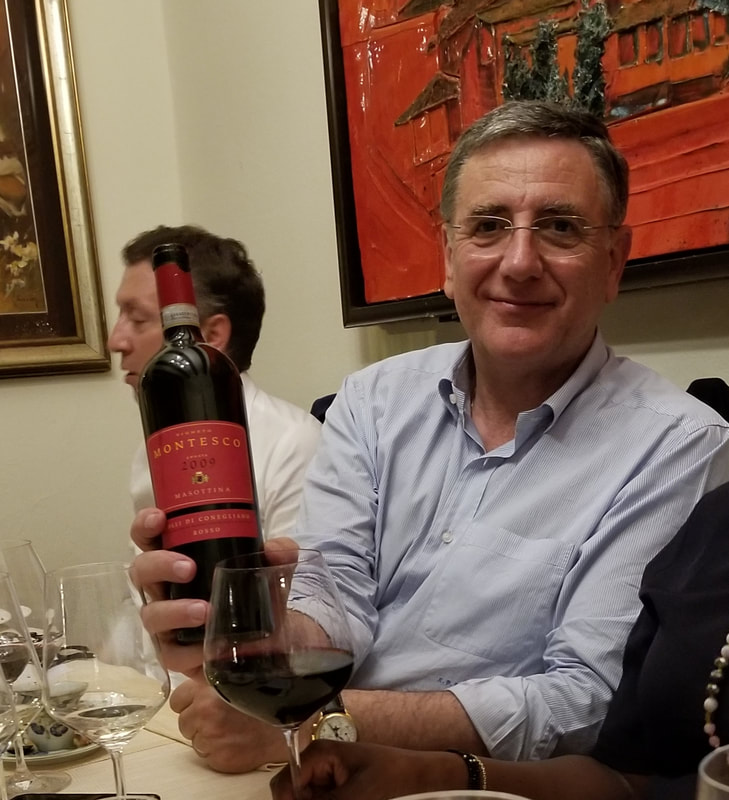
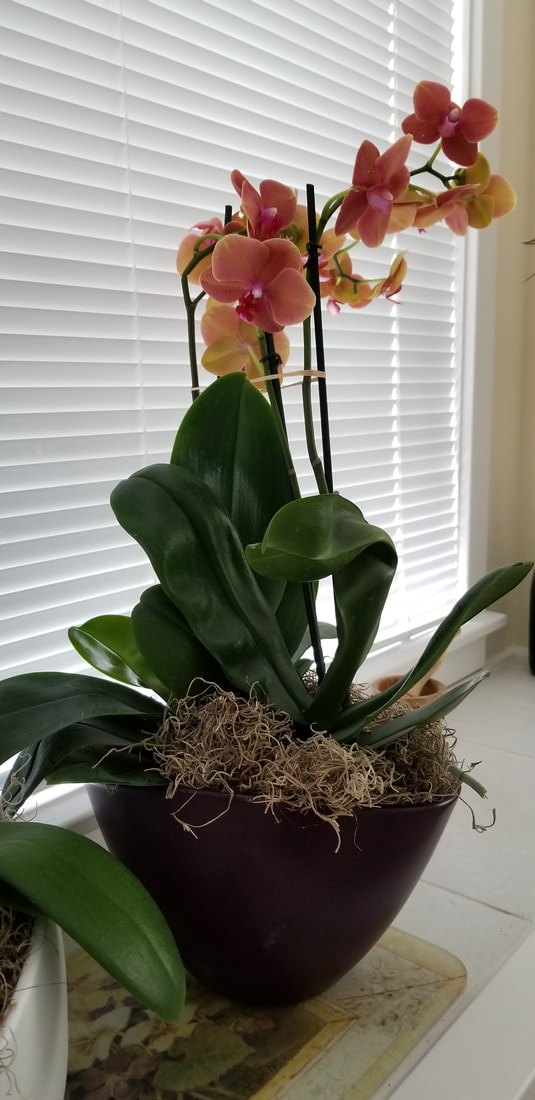
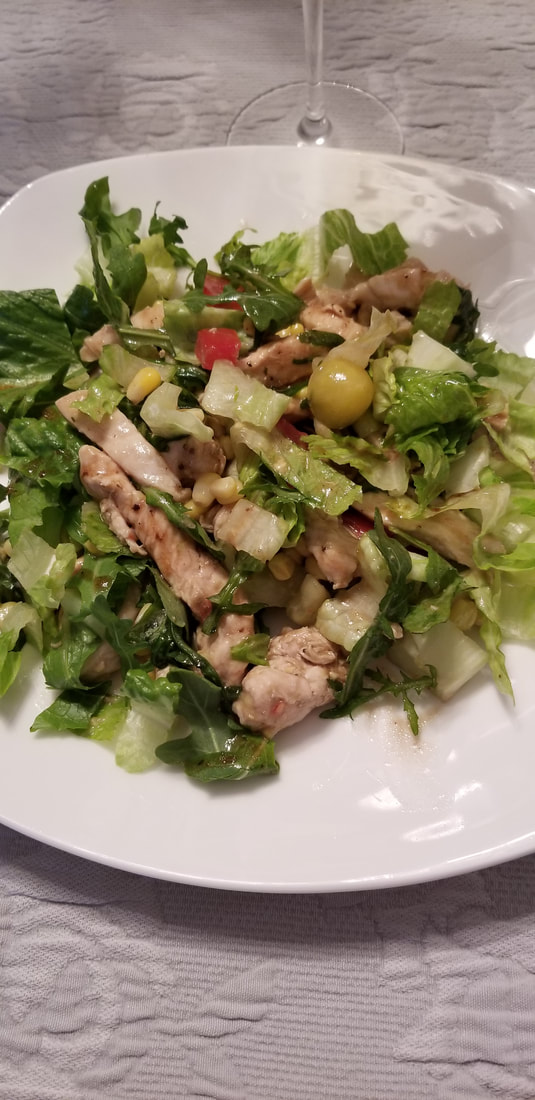
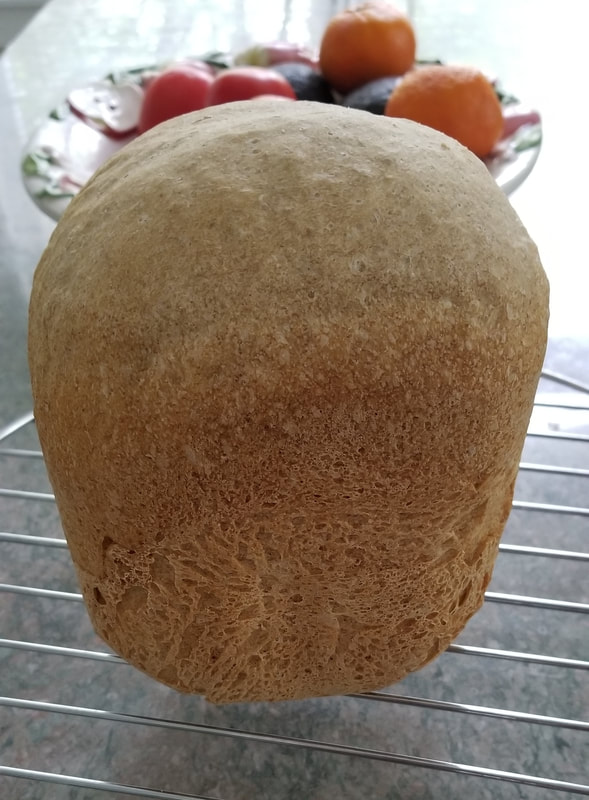
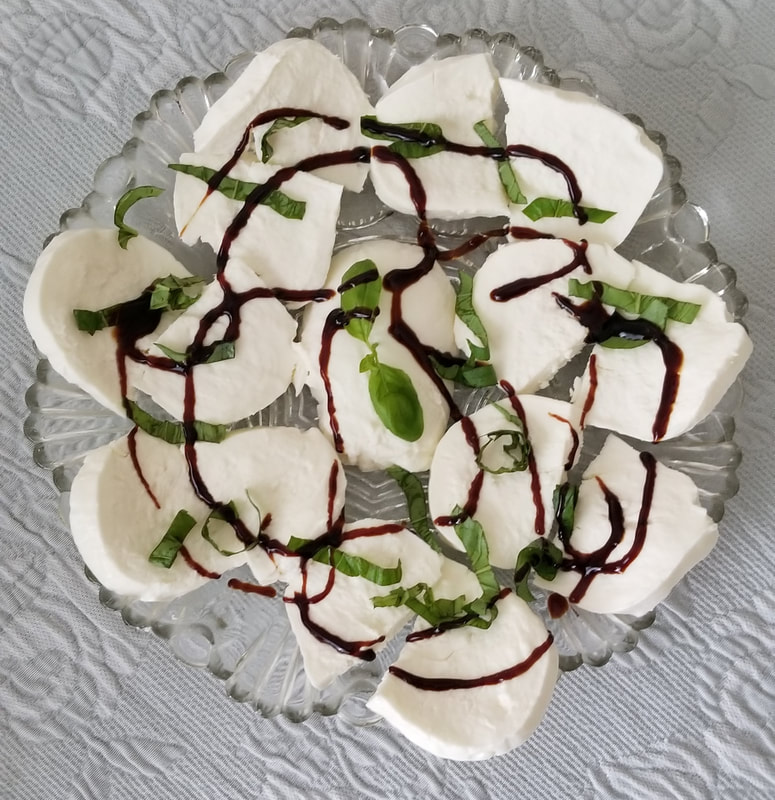
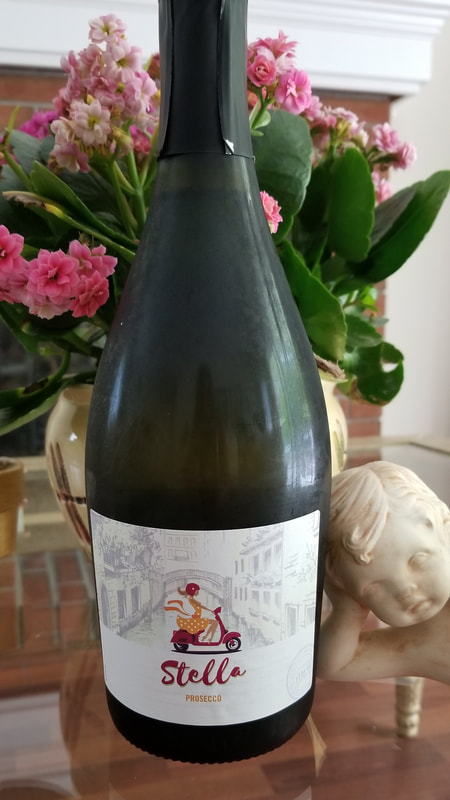
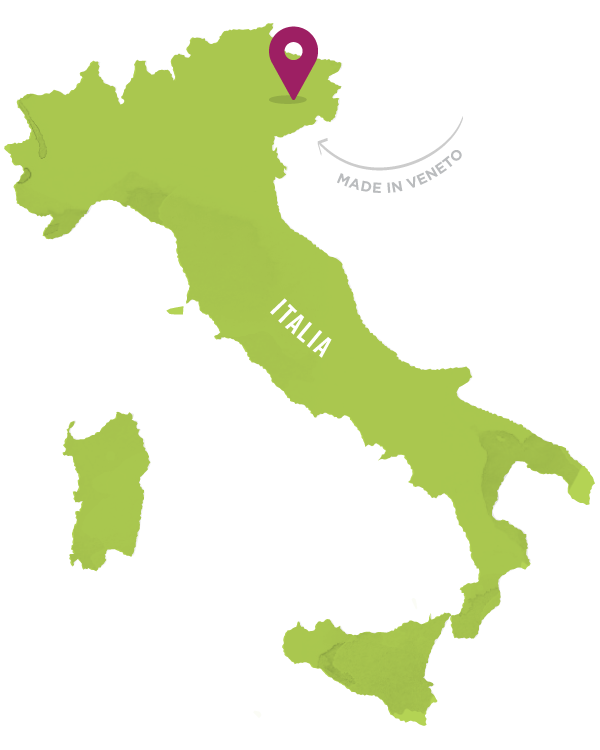
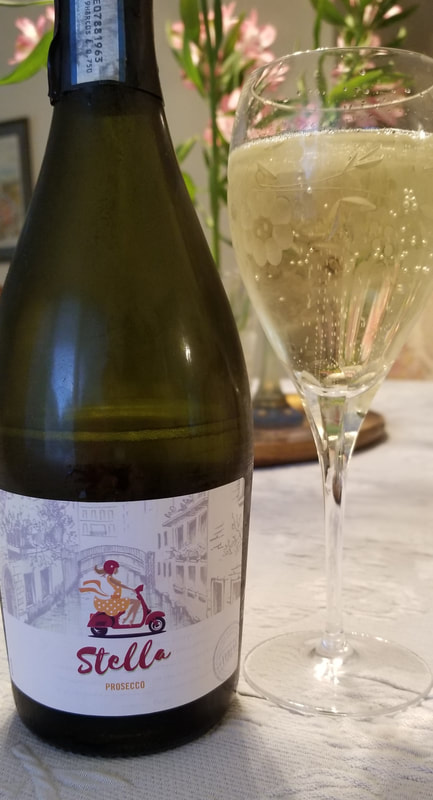
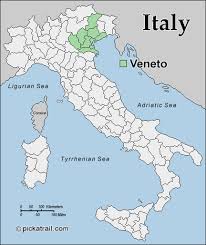
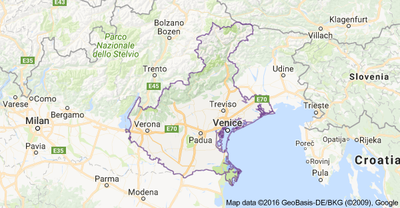
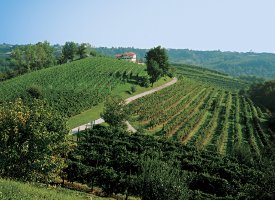
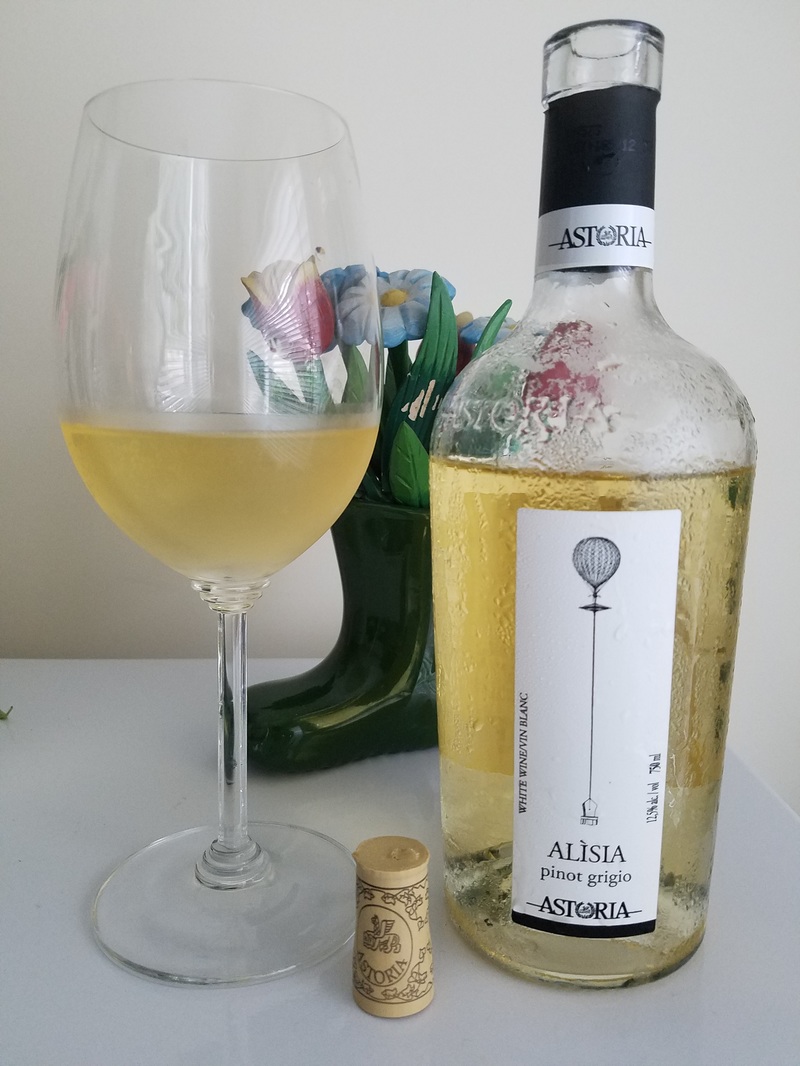
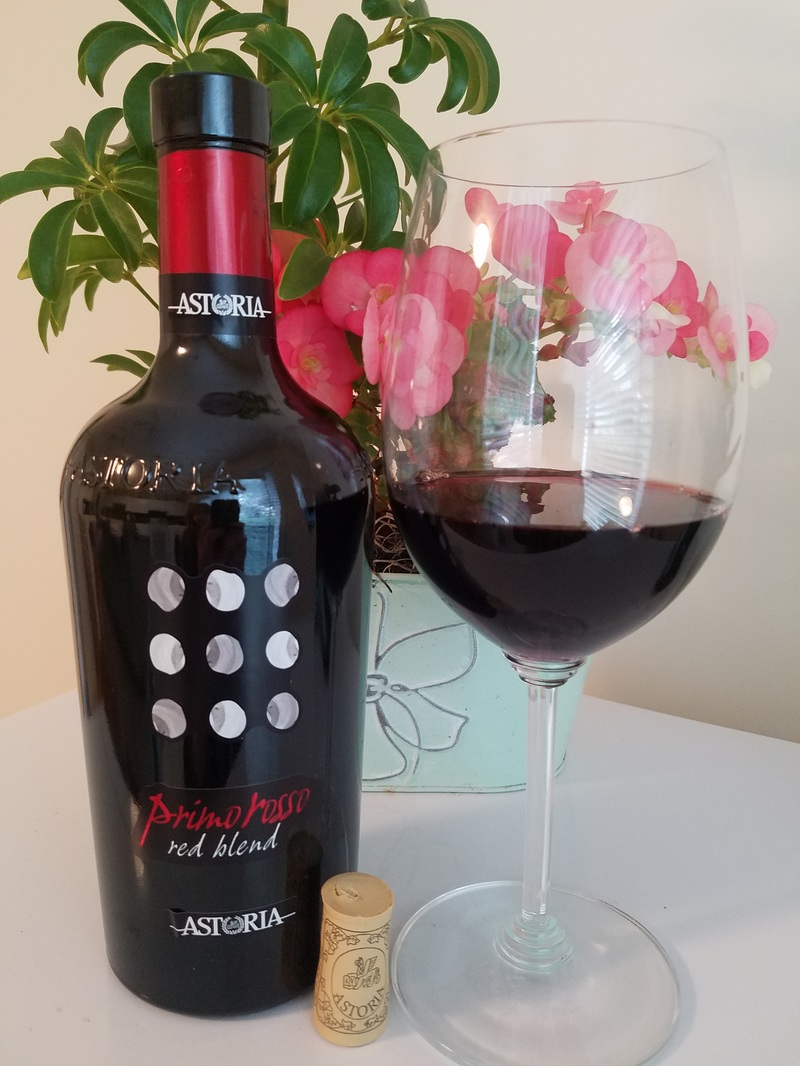
 RSS Feed
RSS Feed